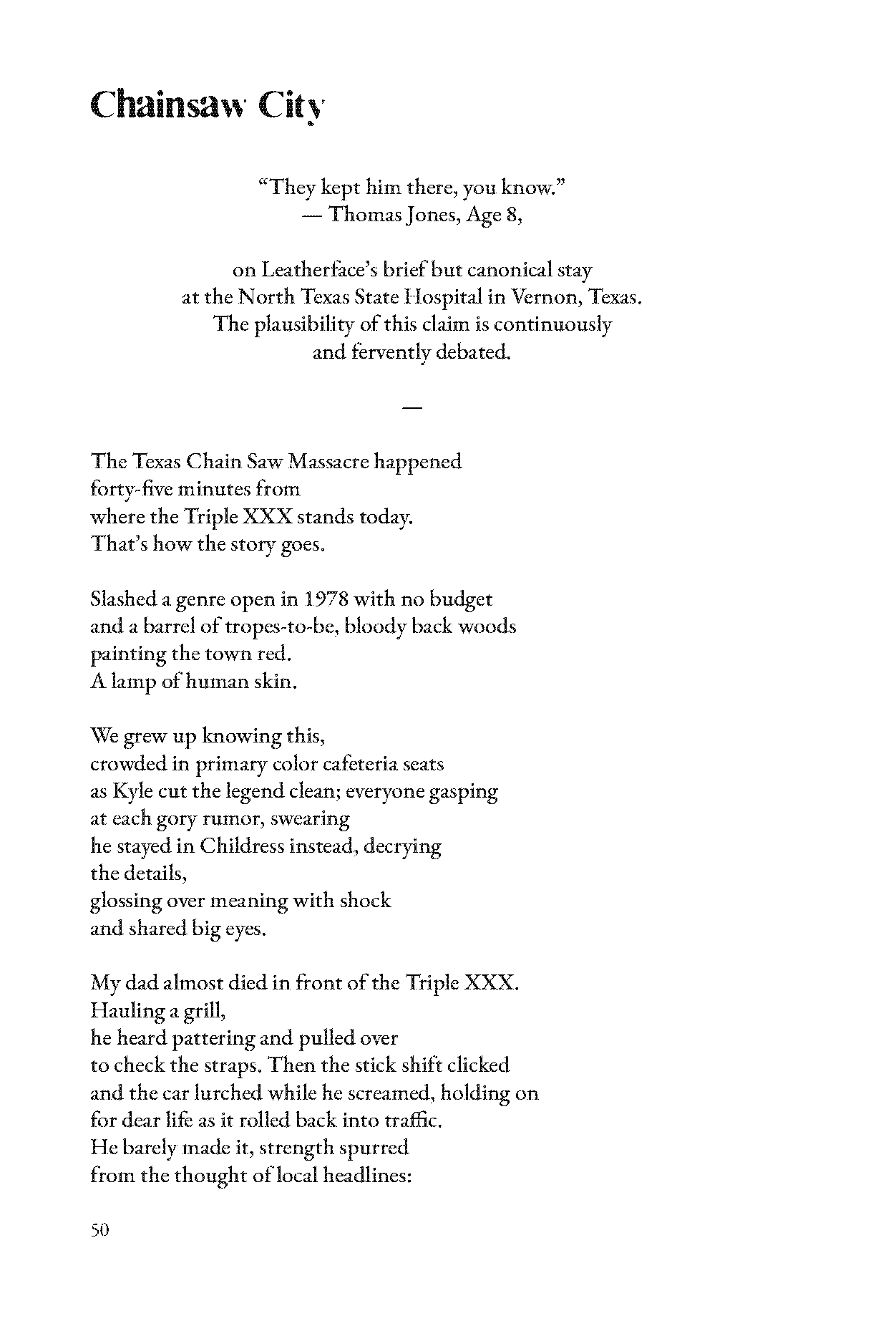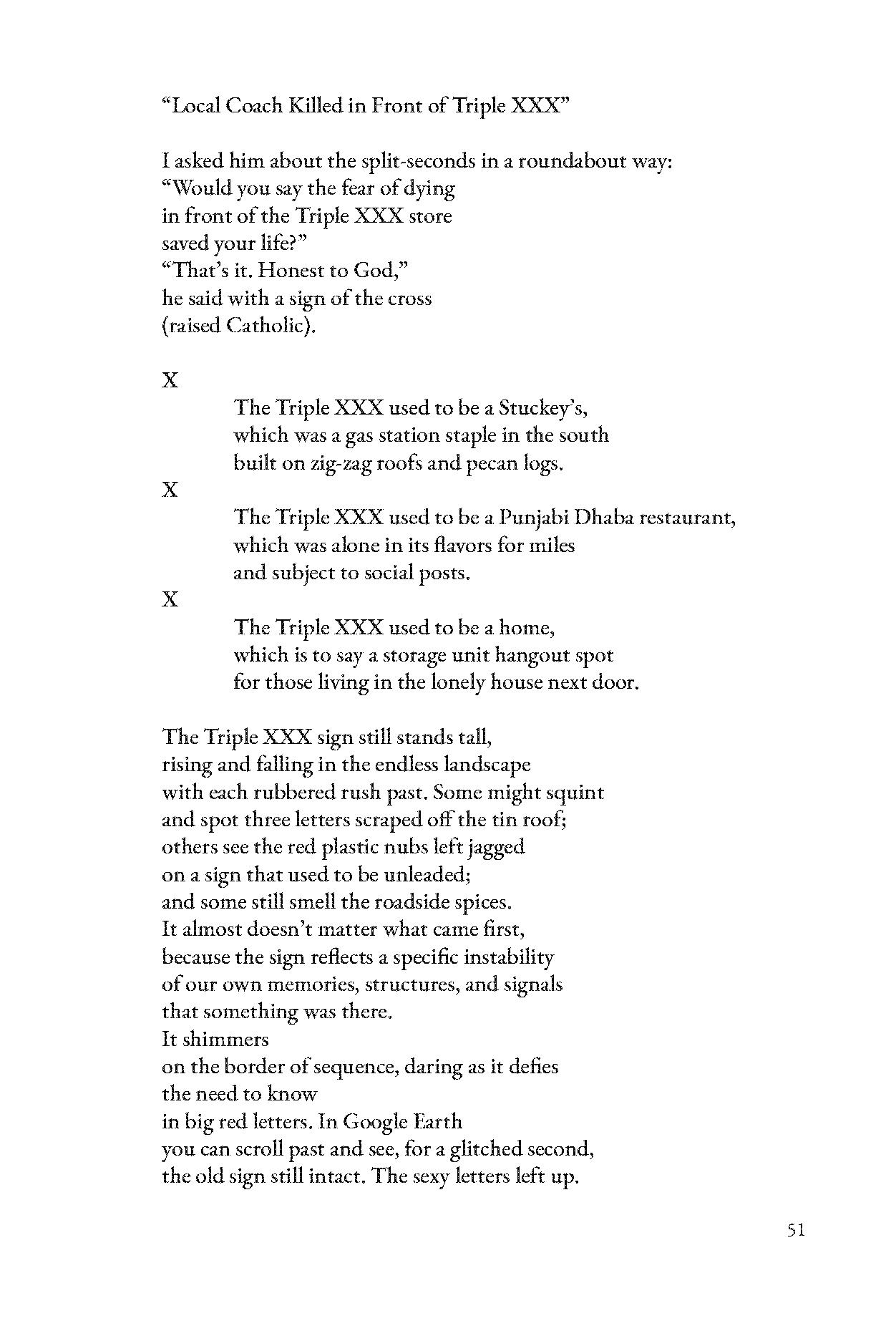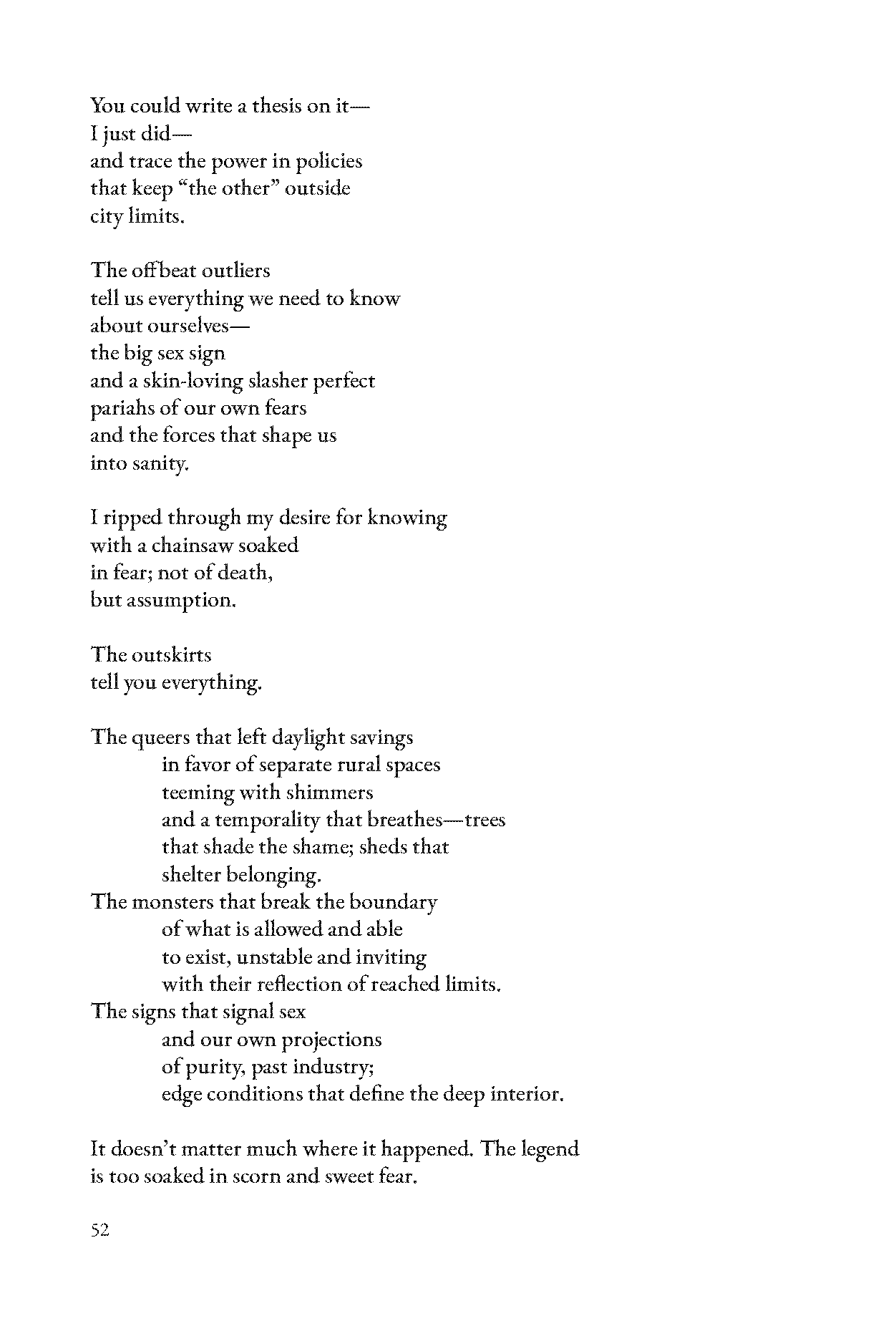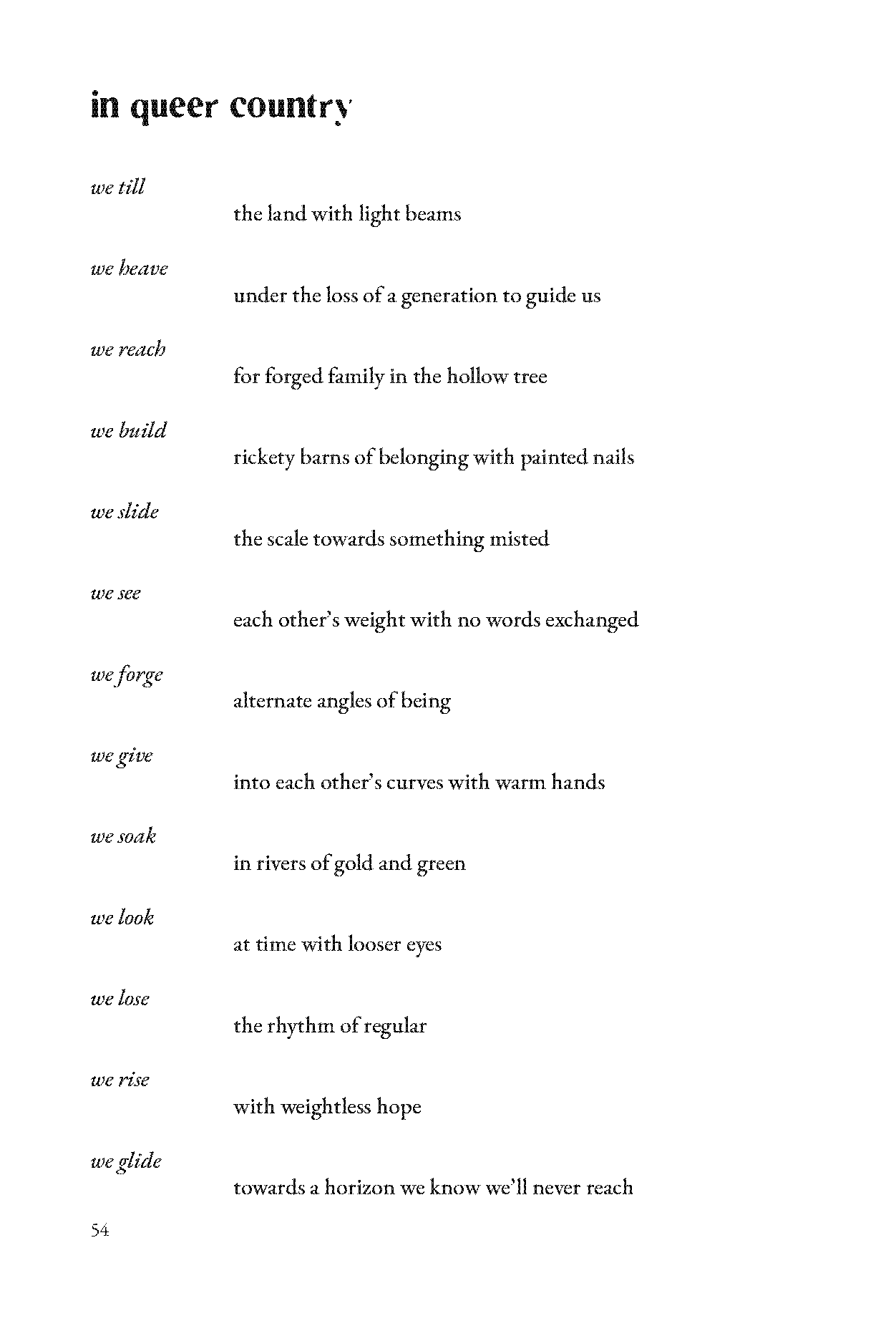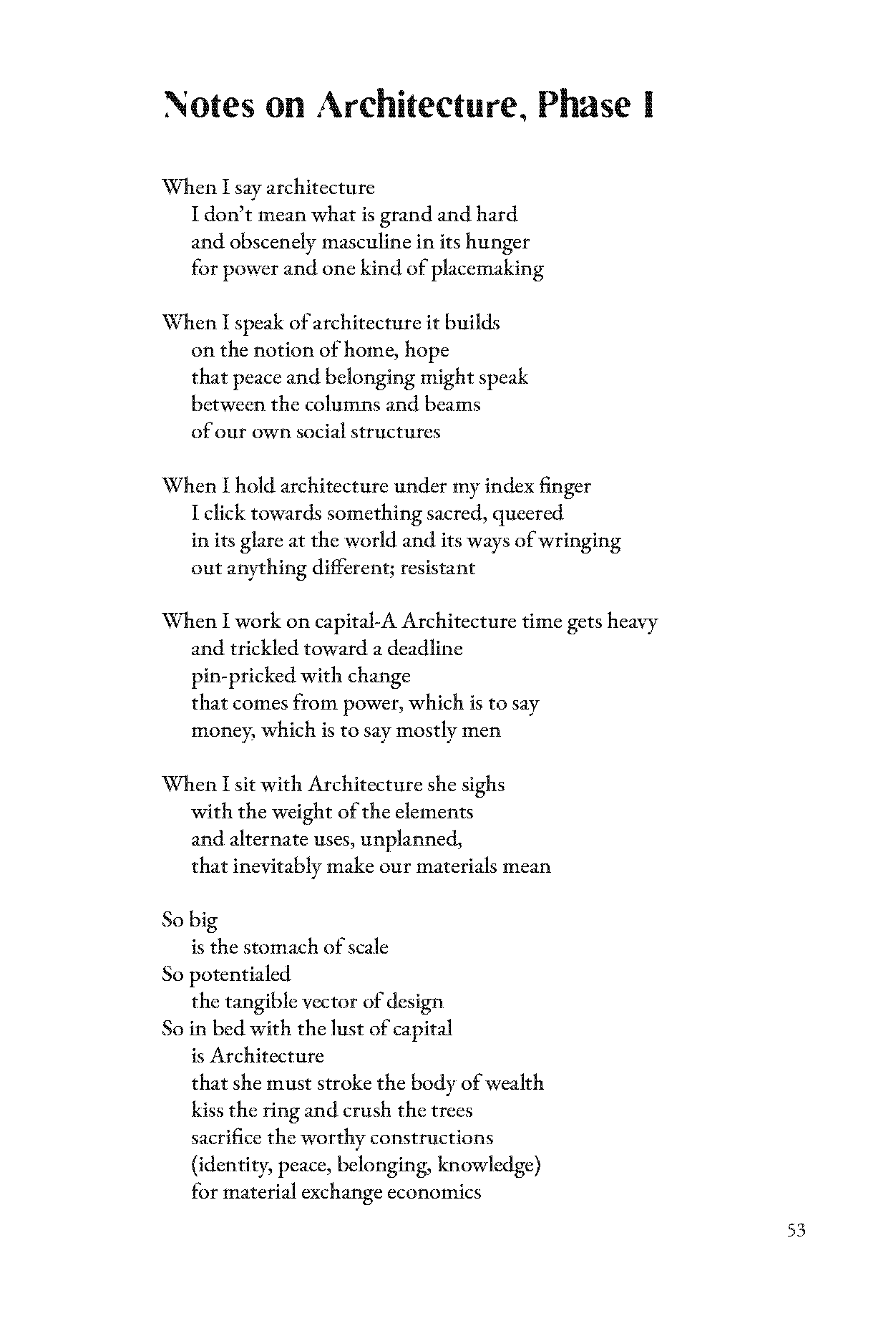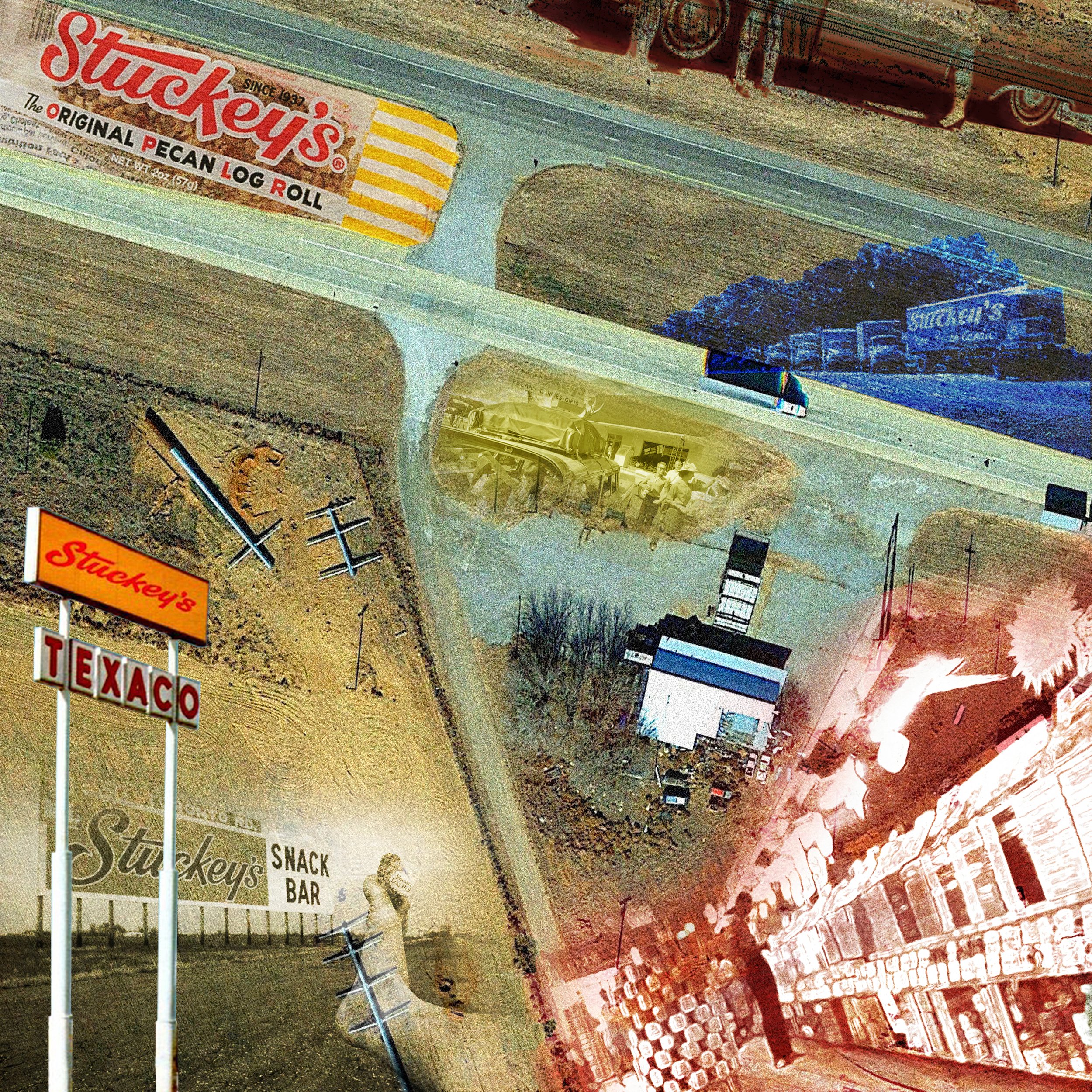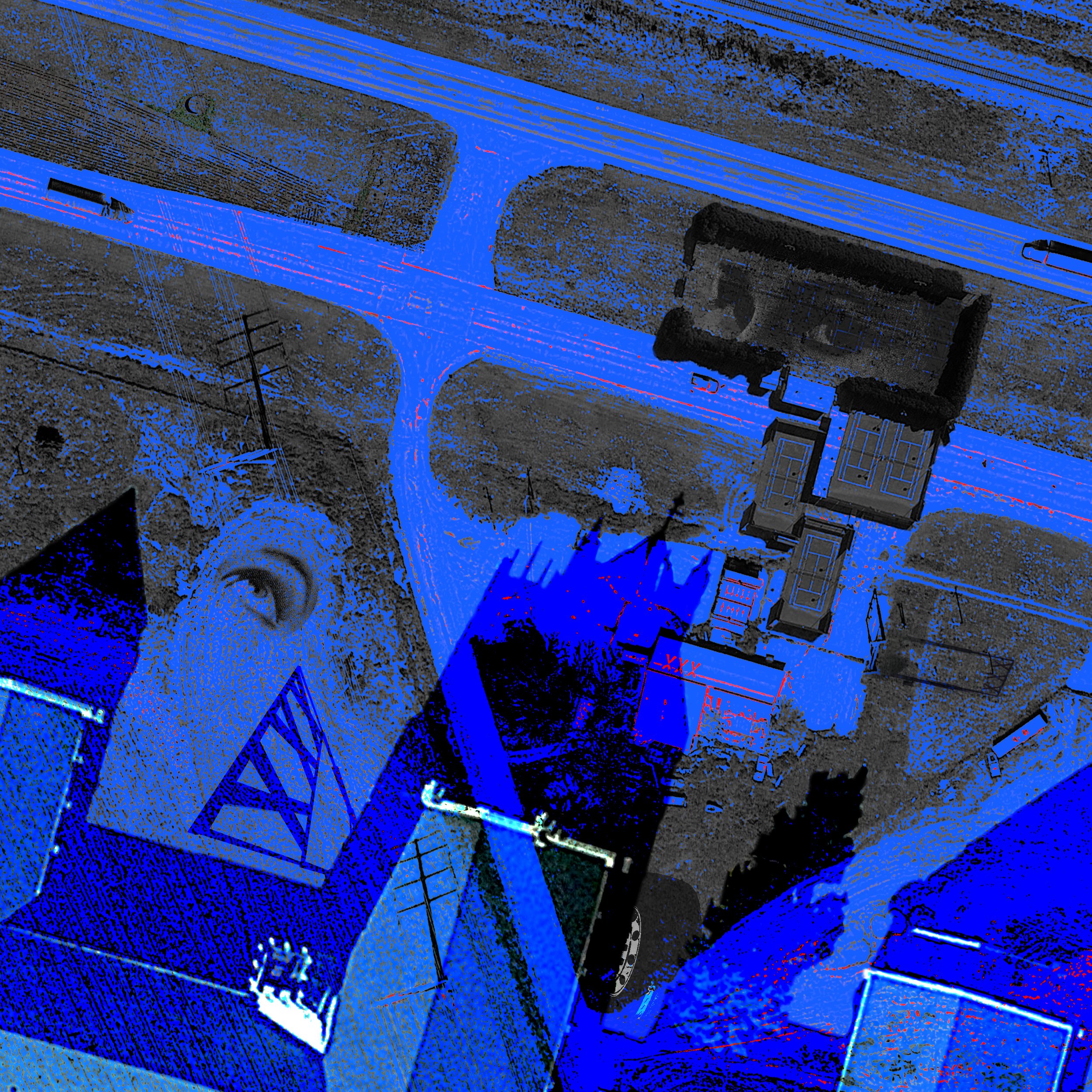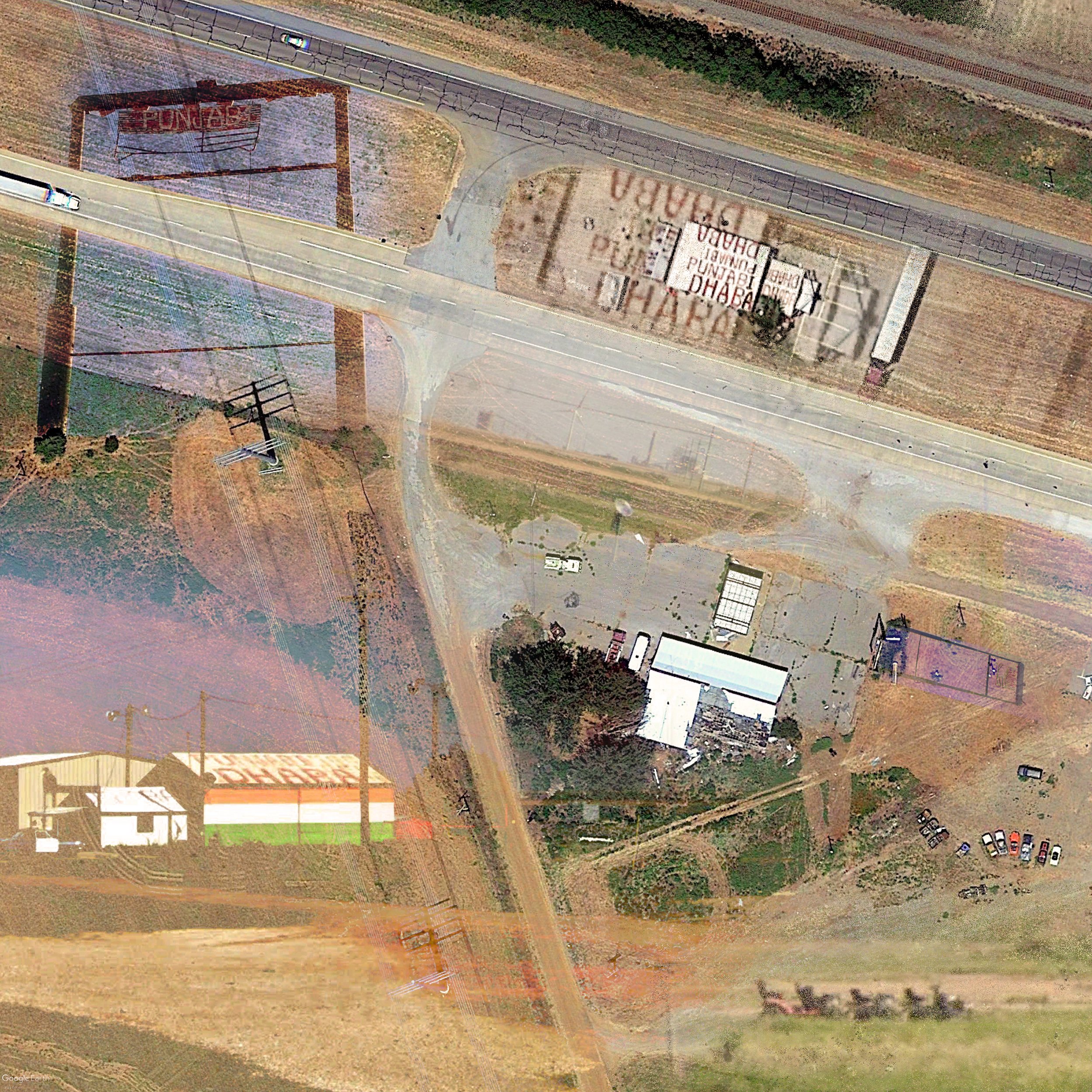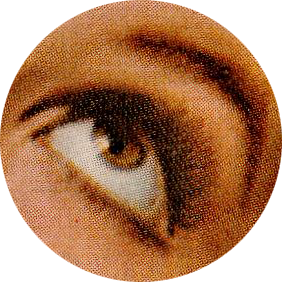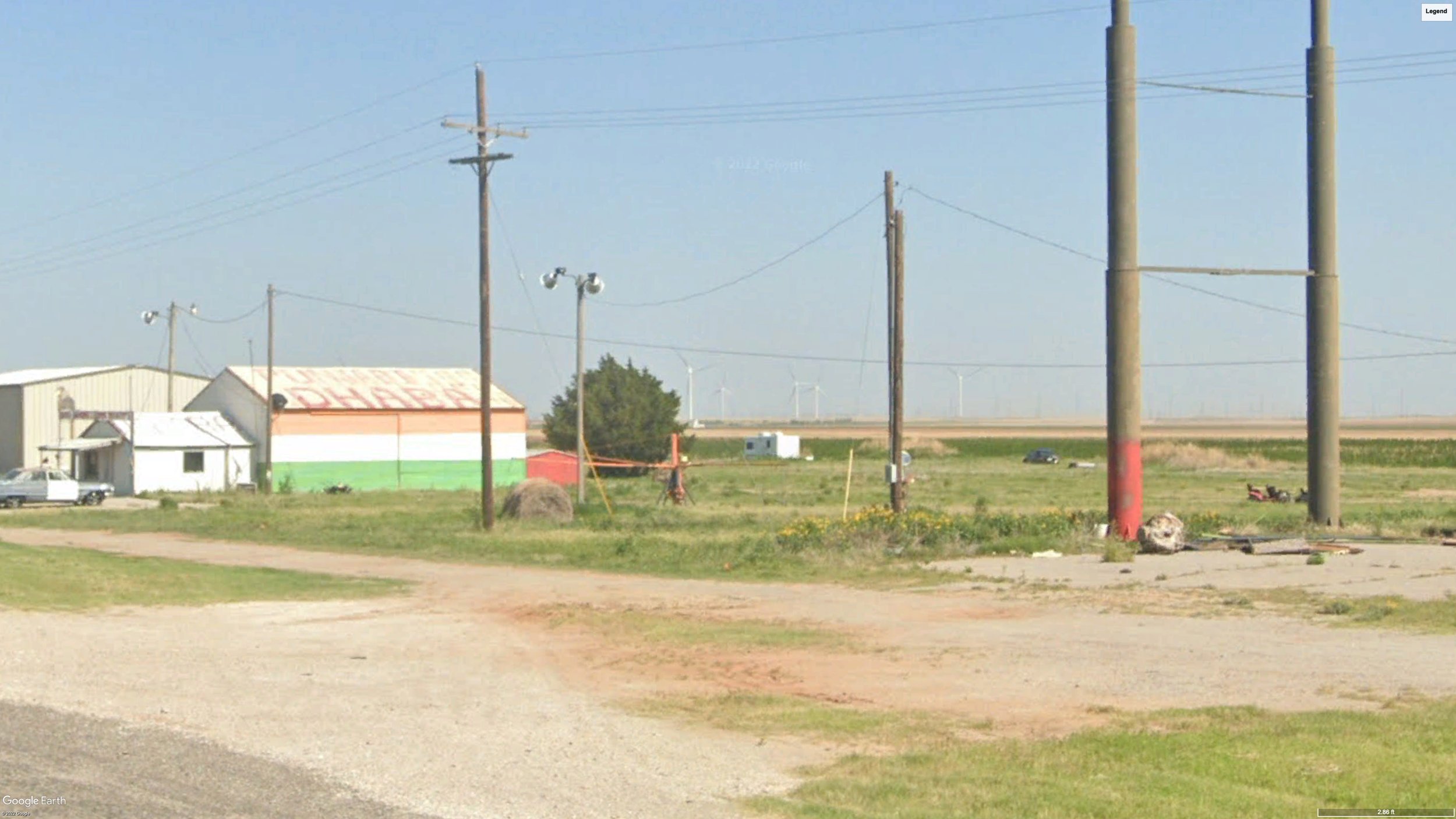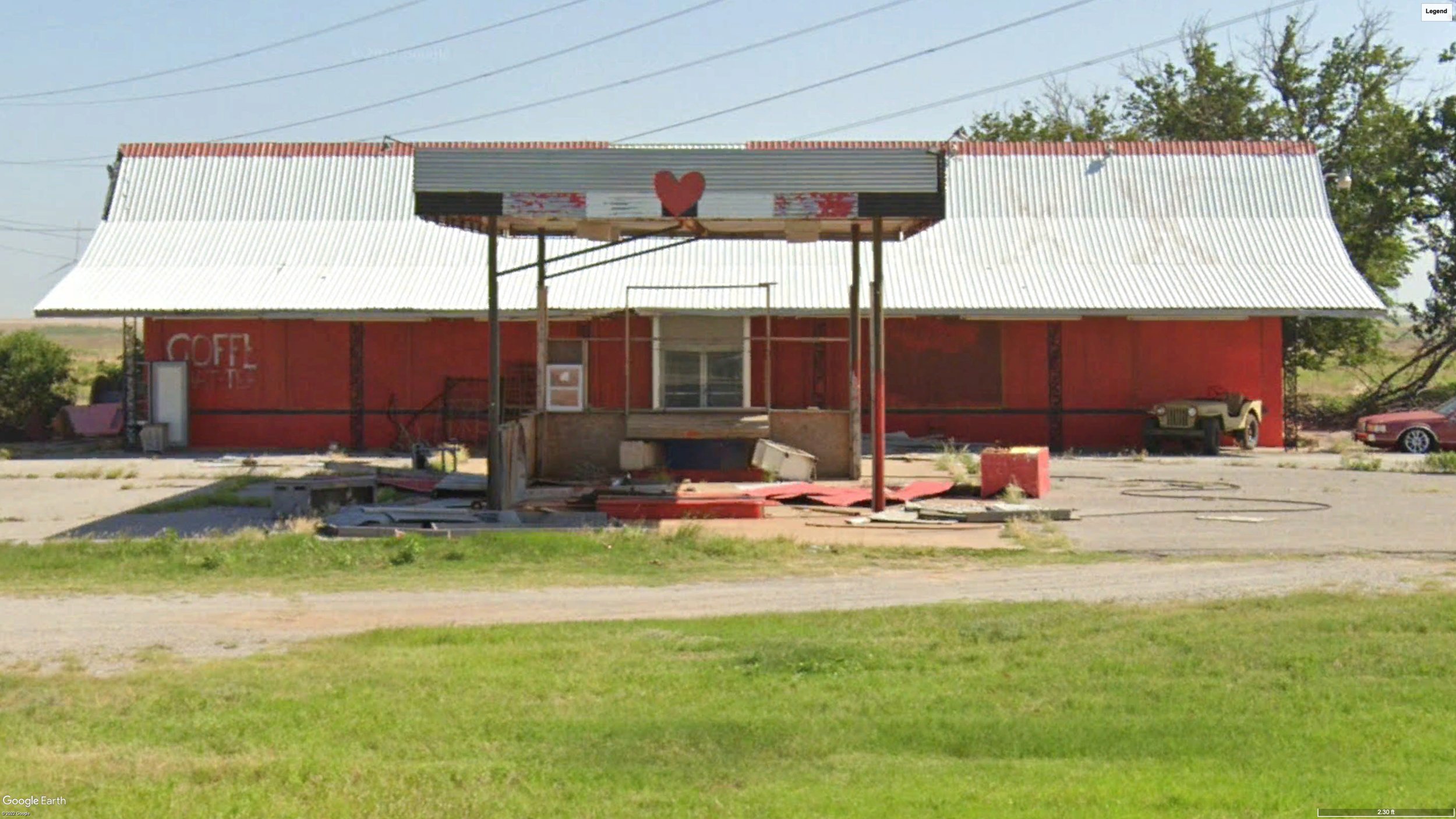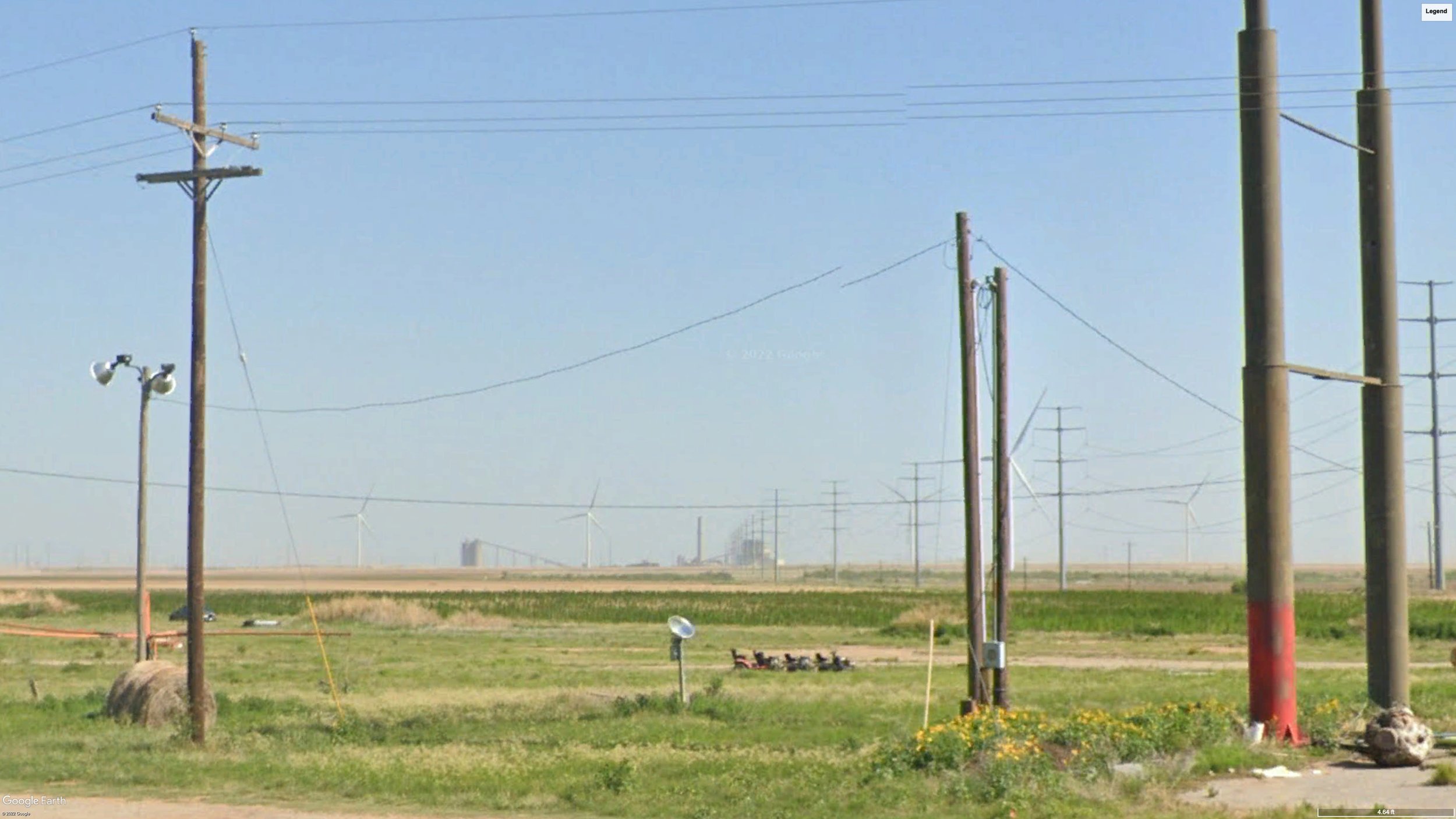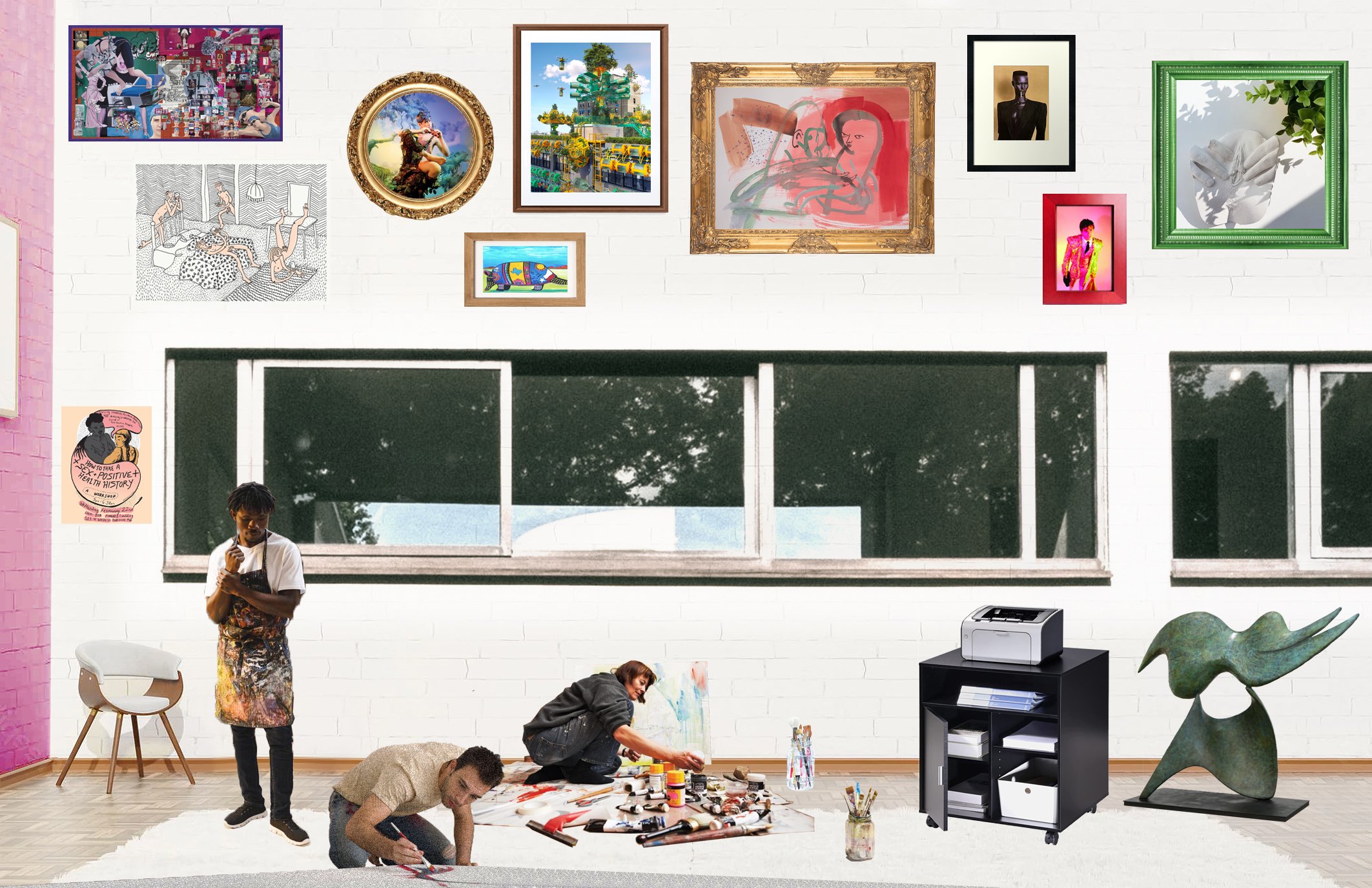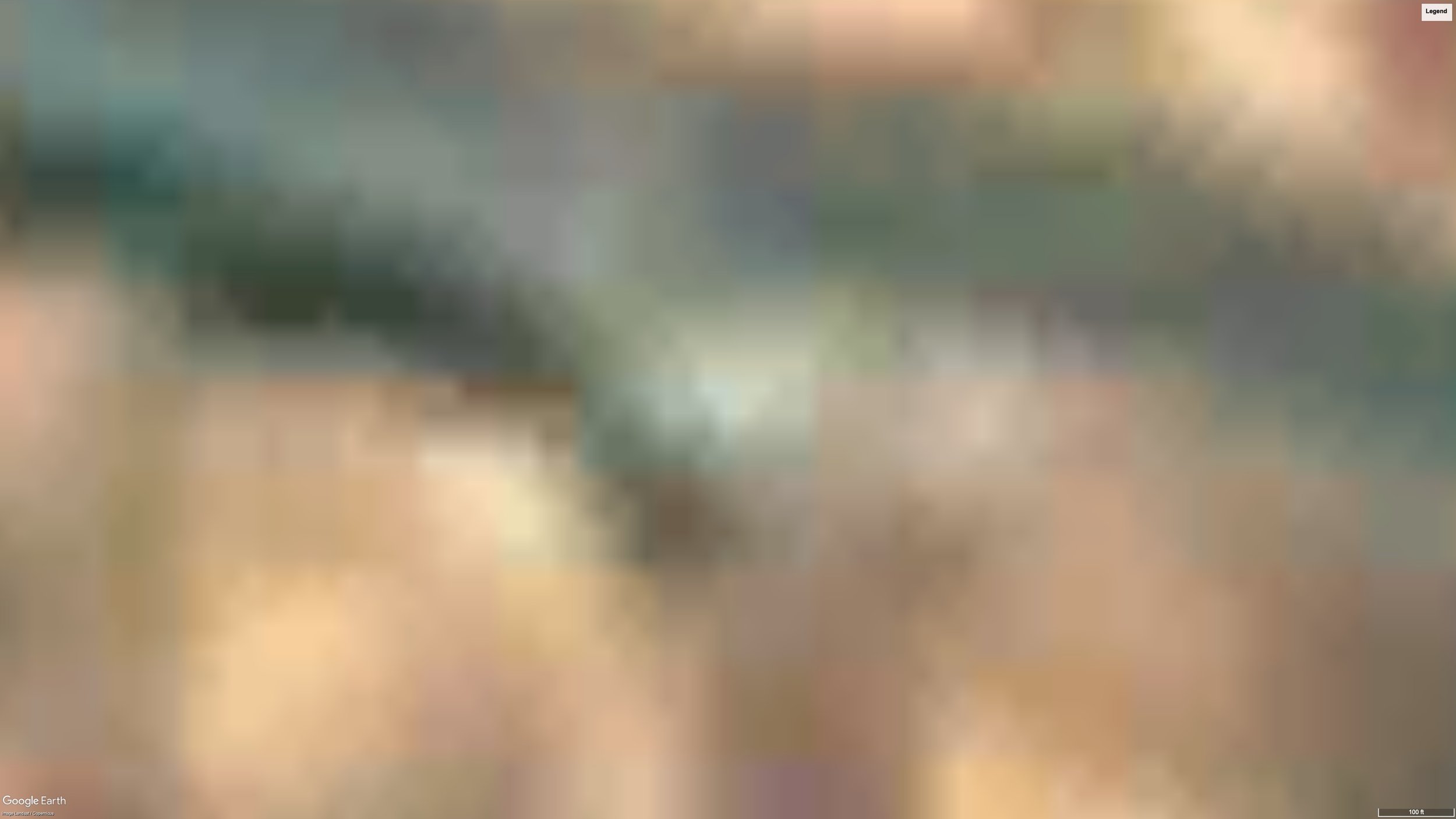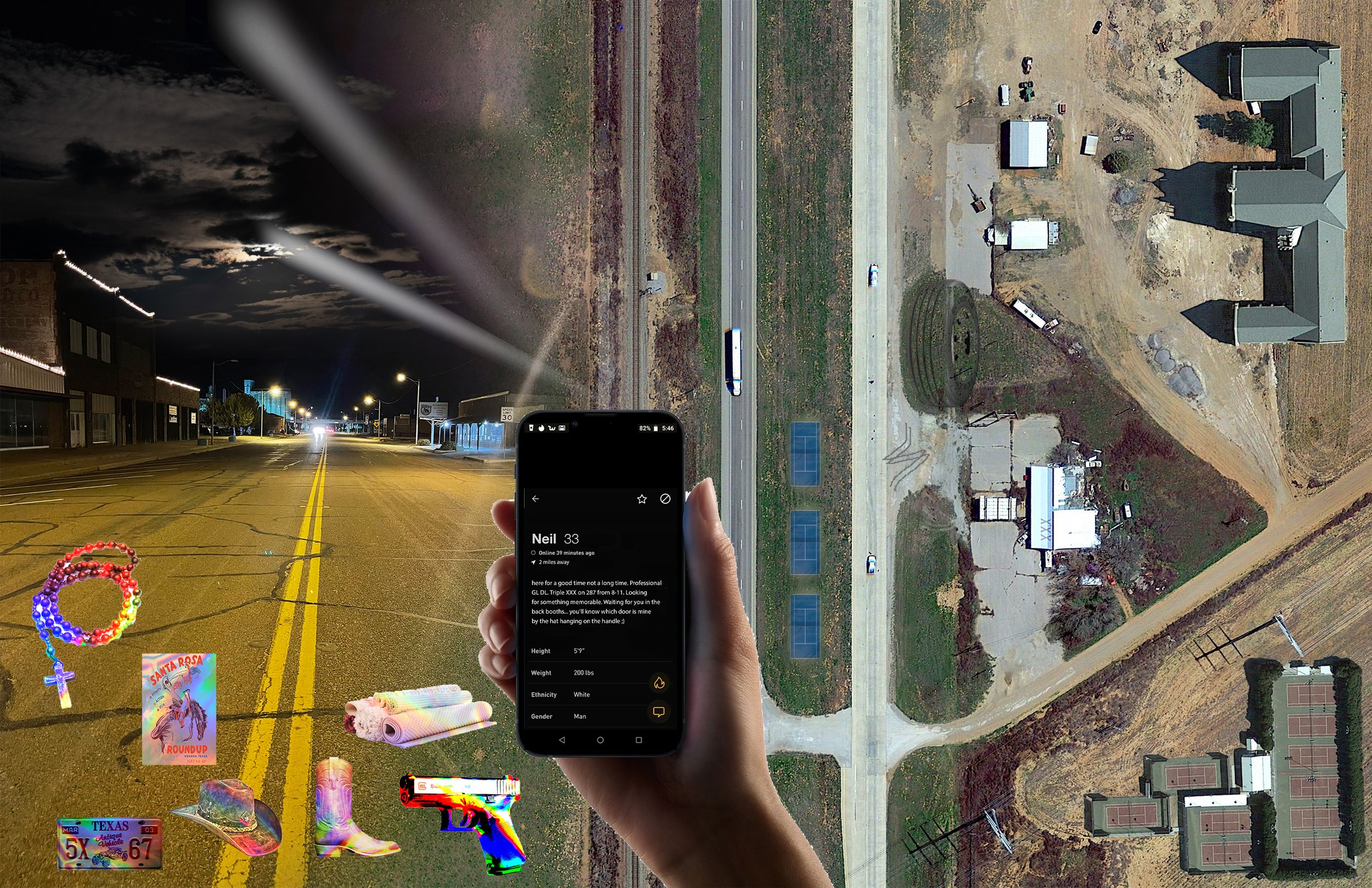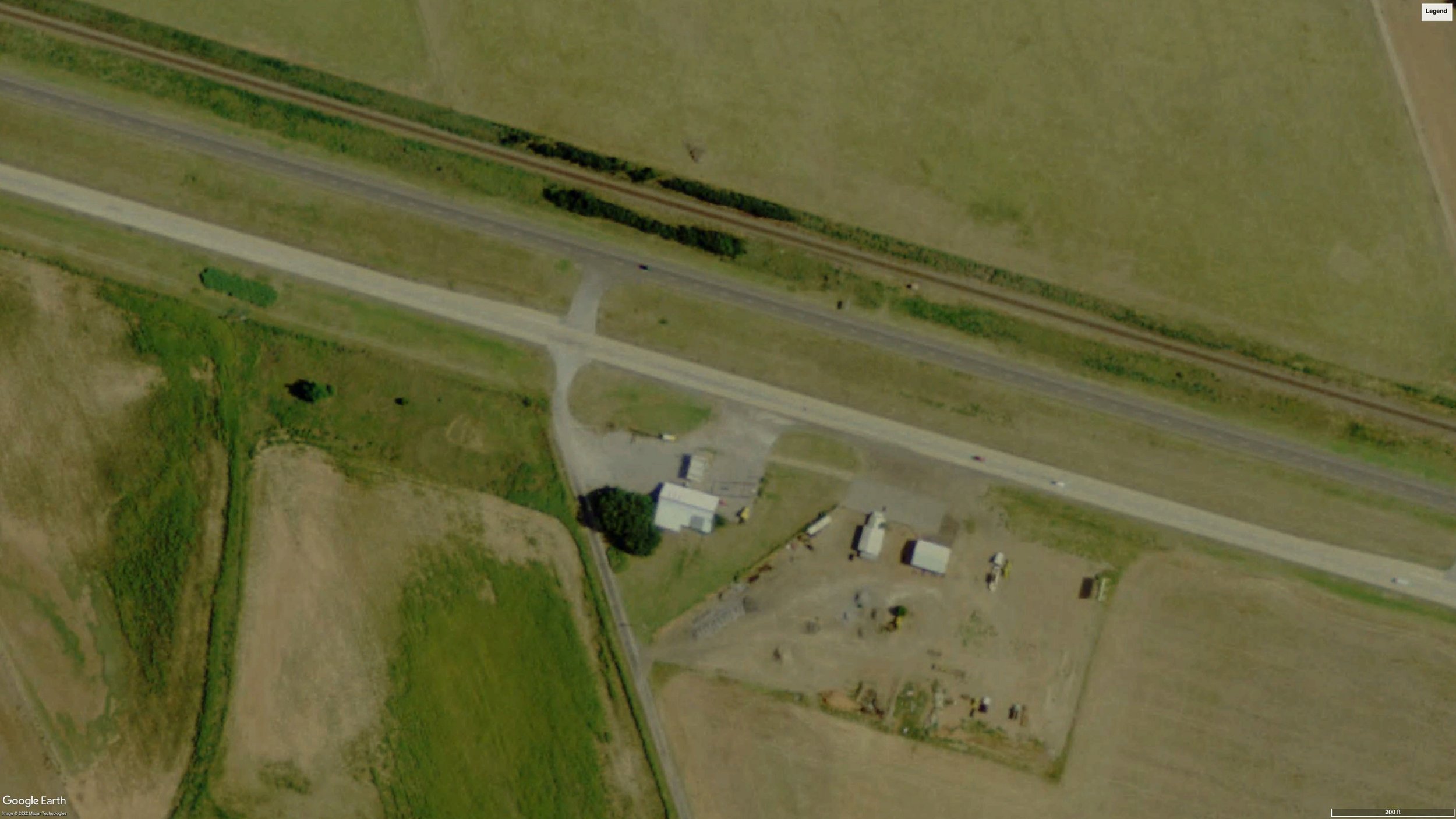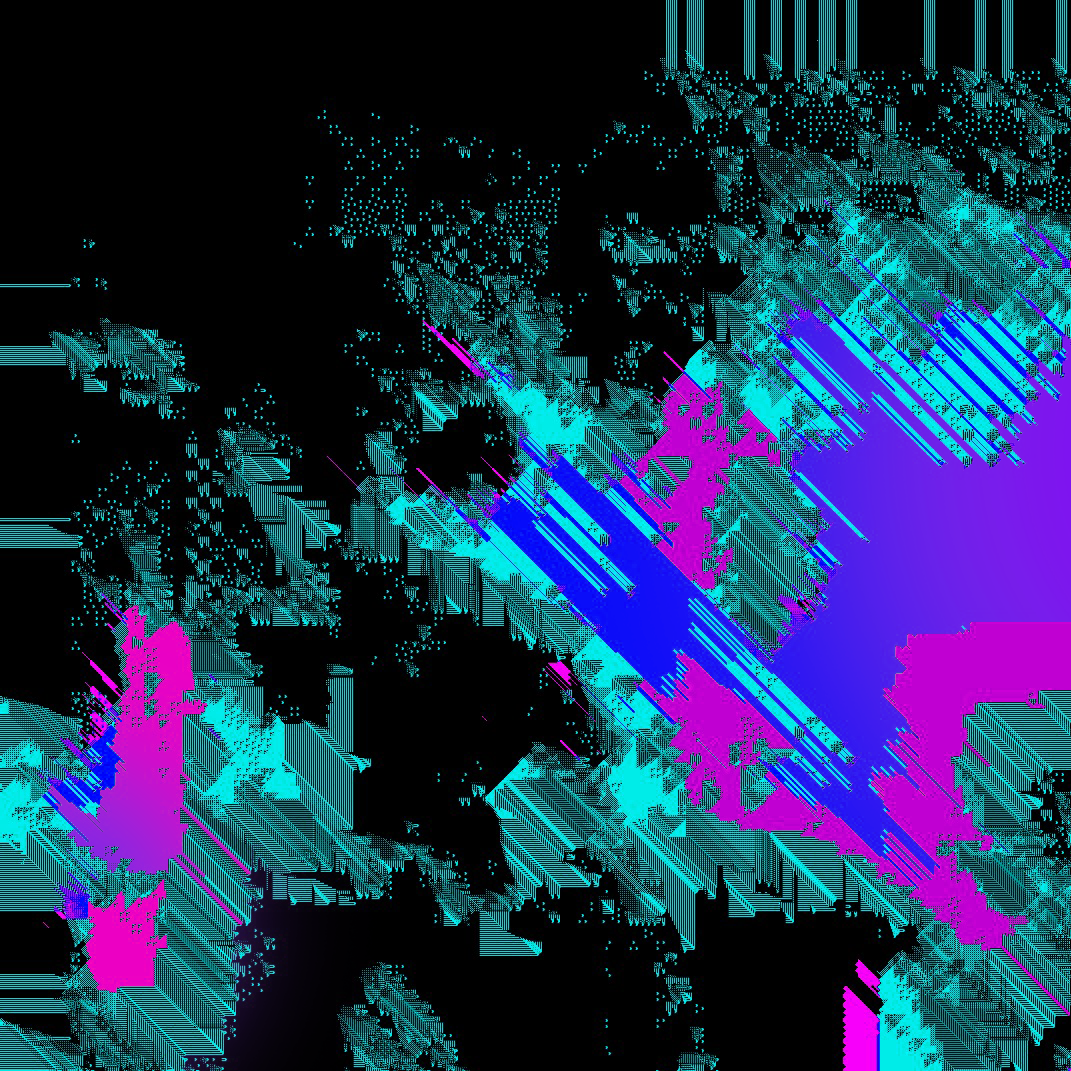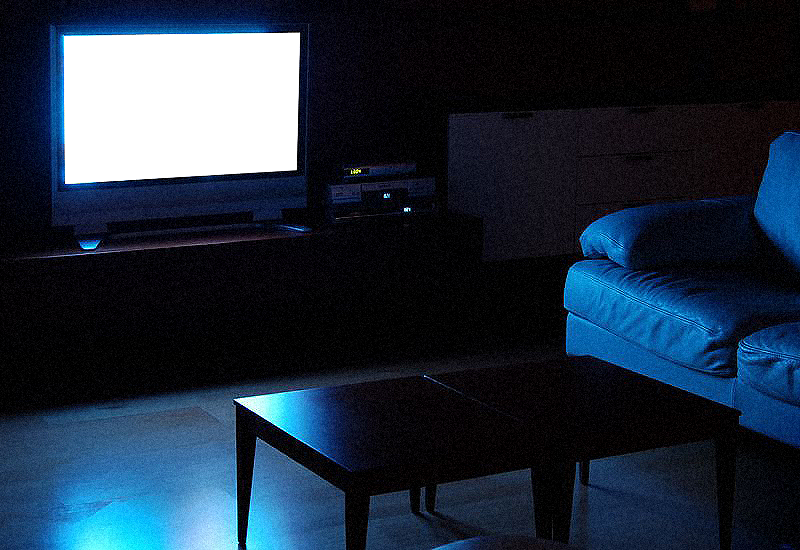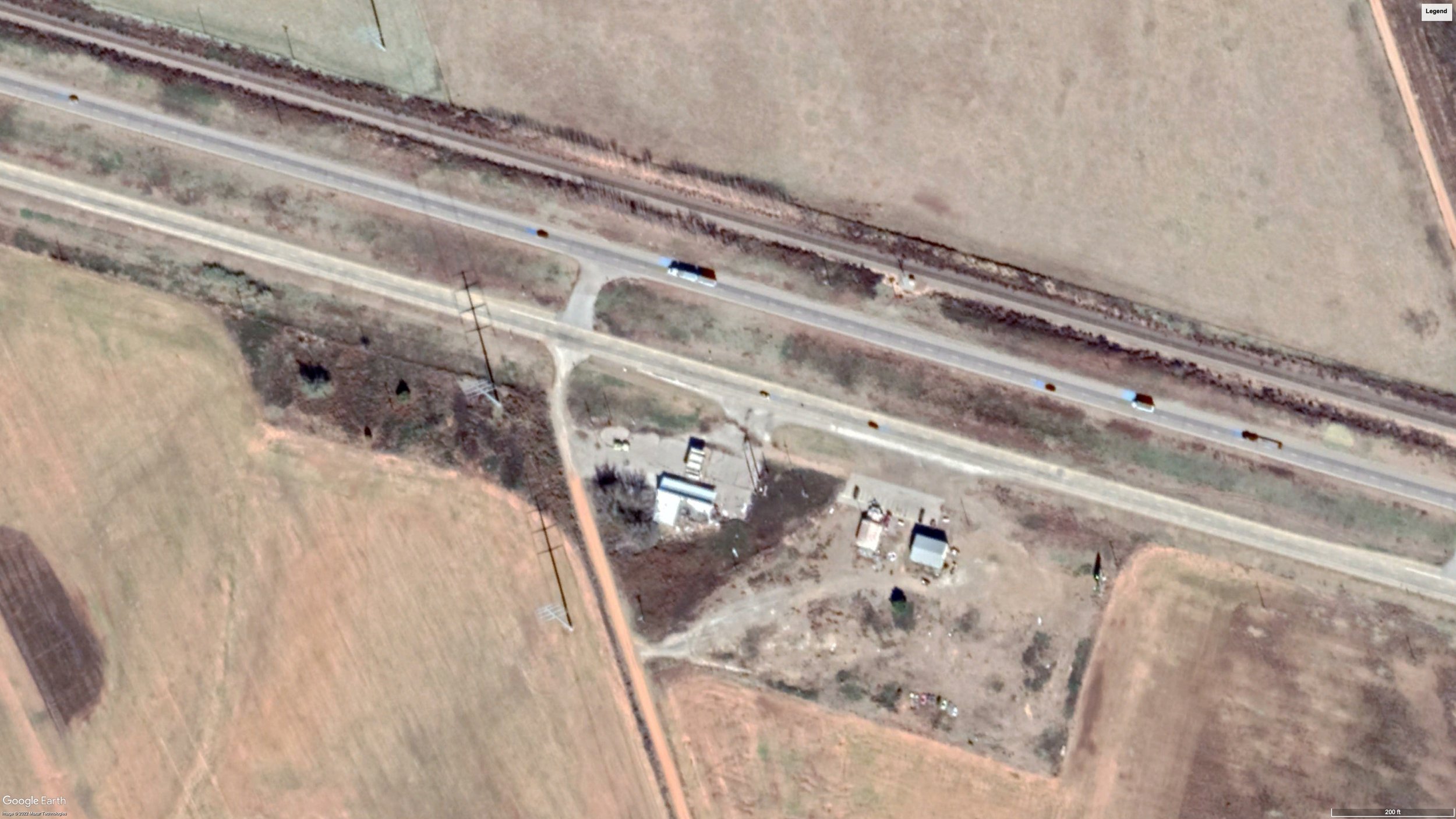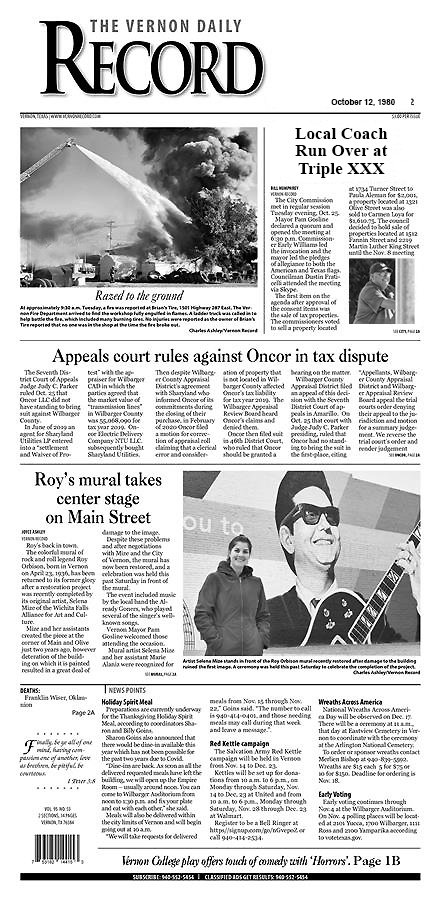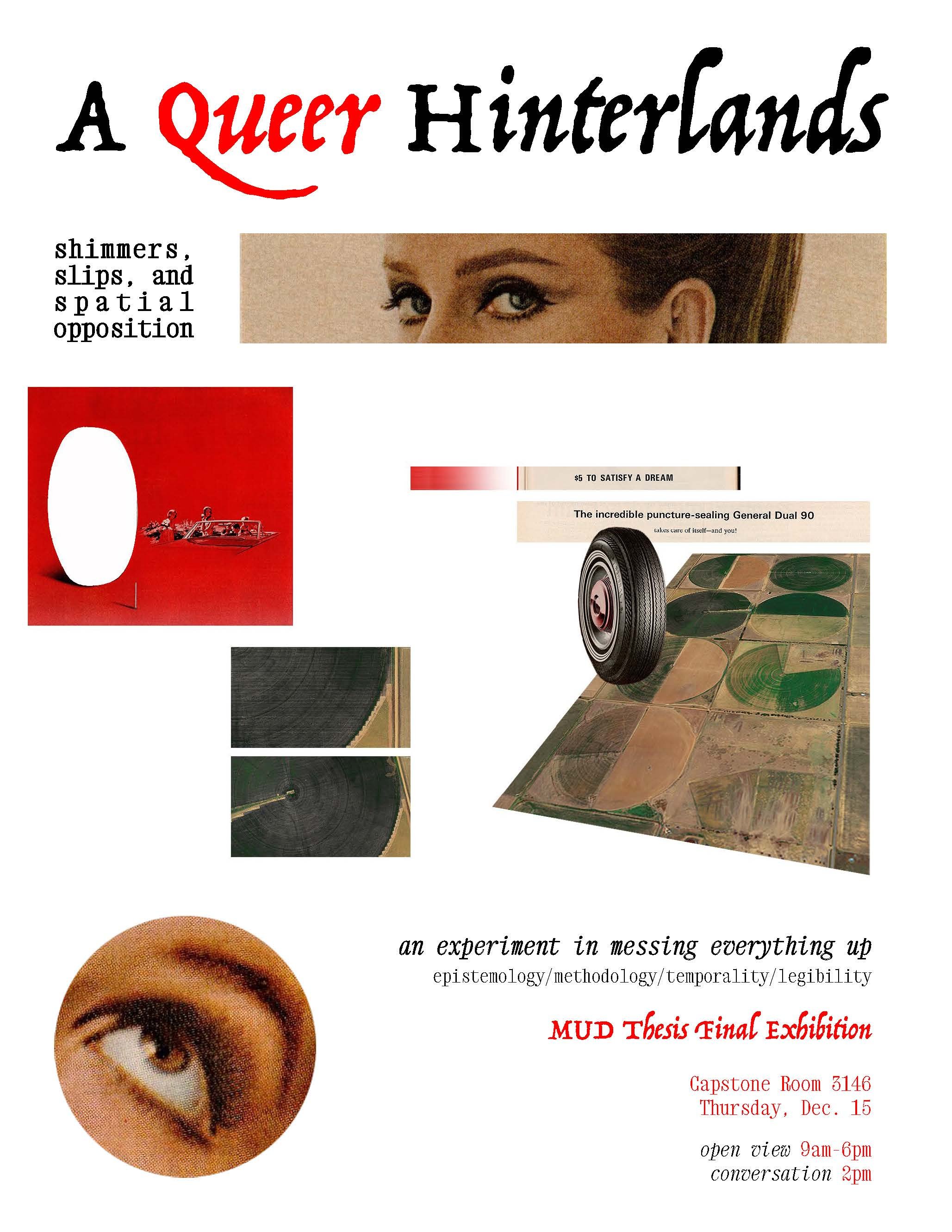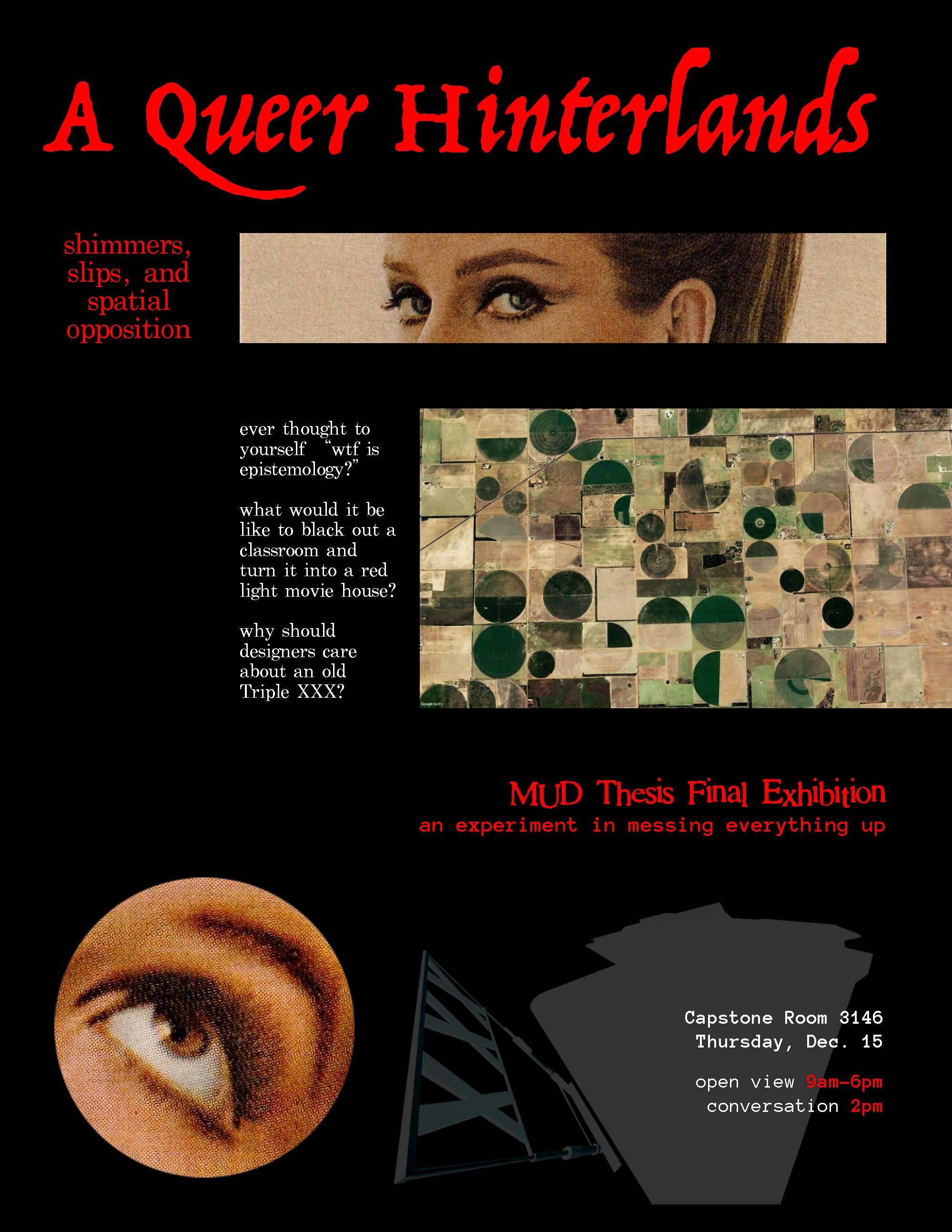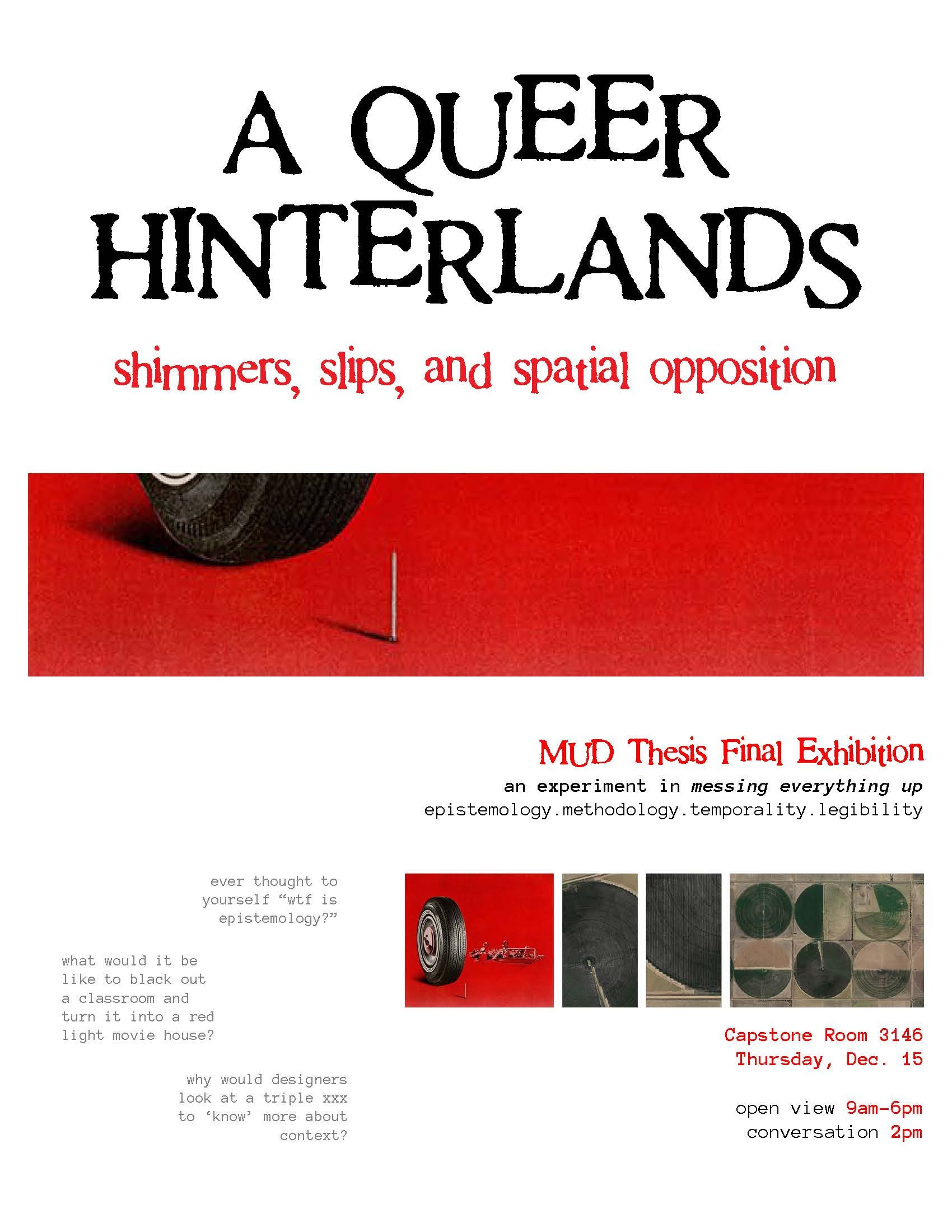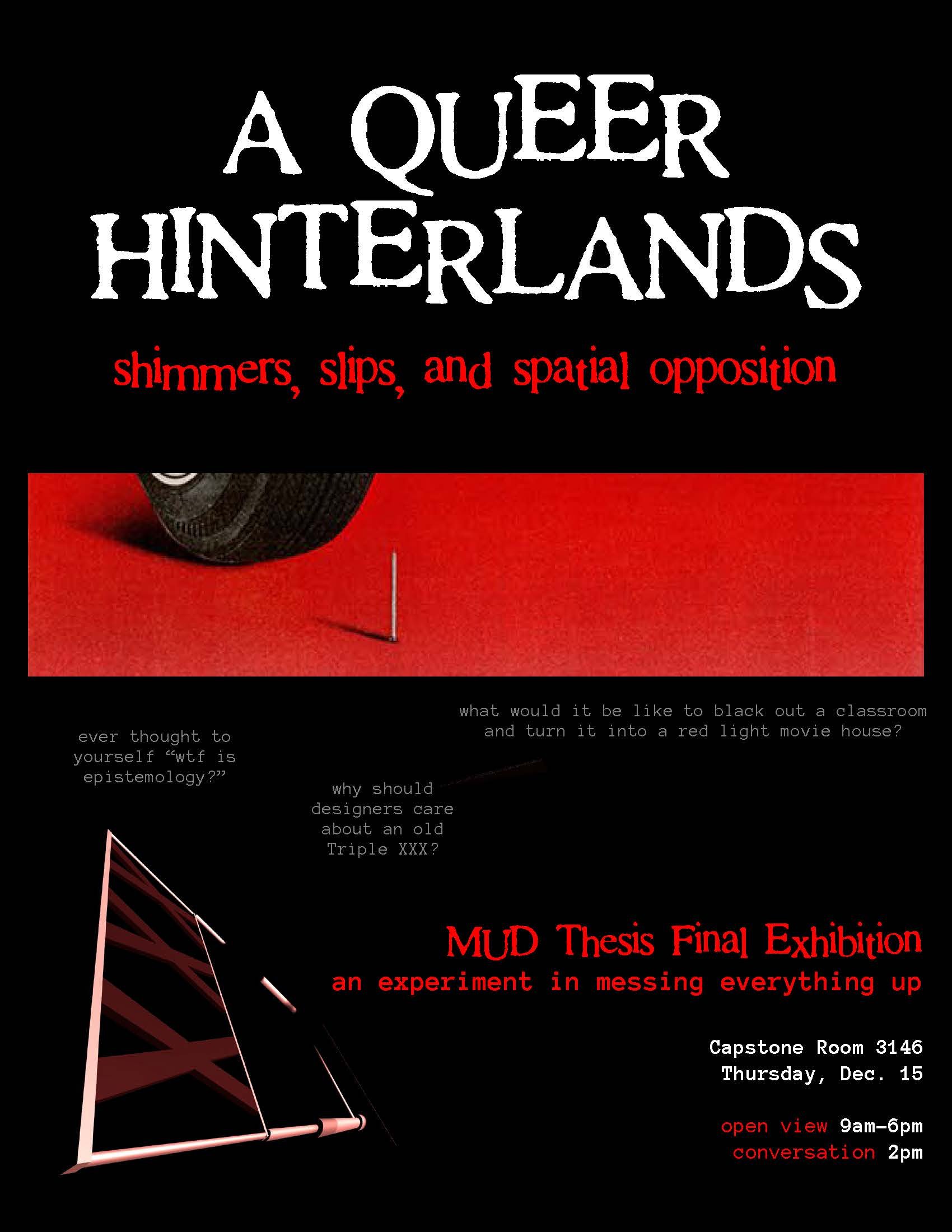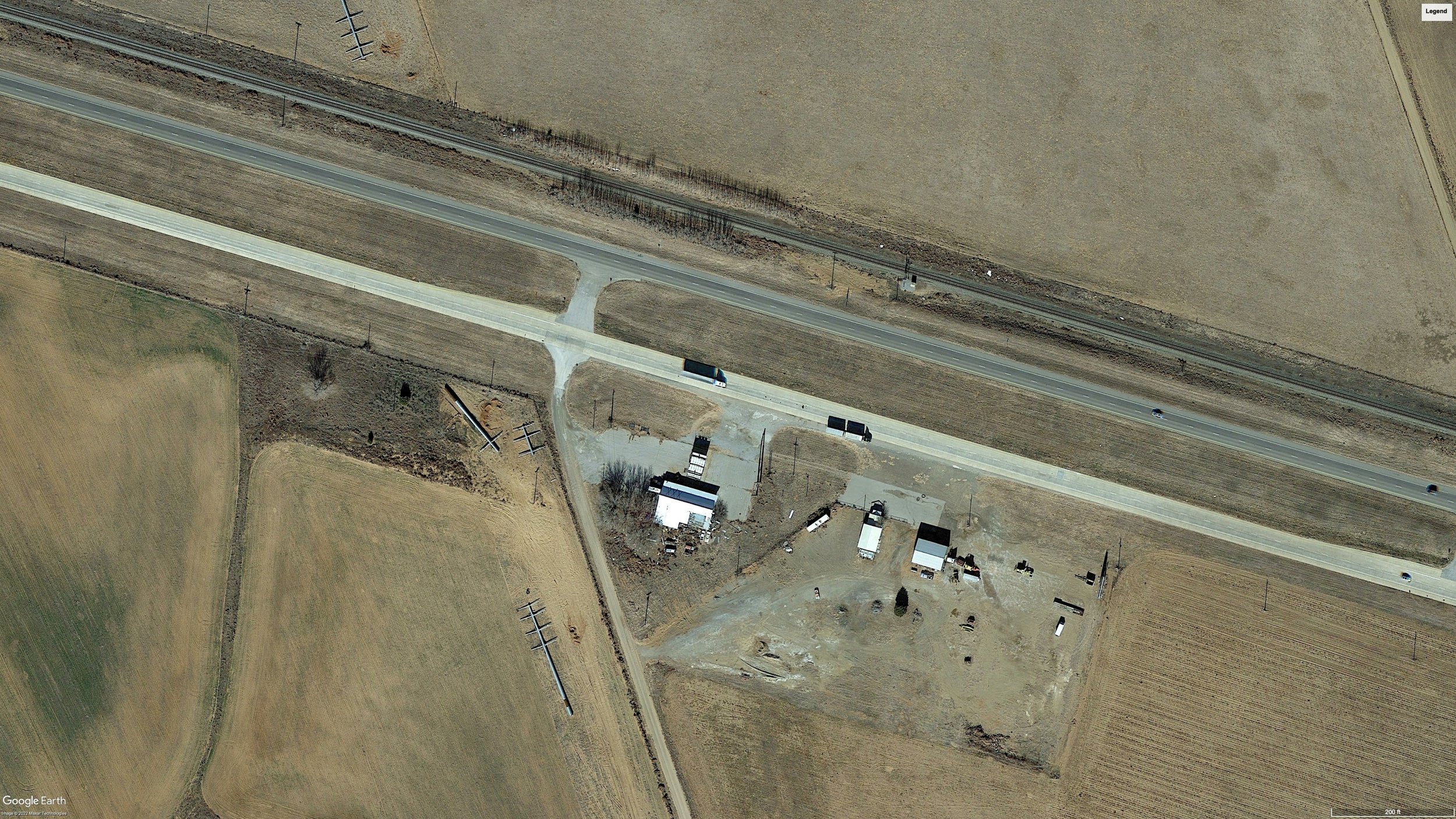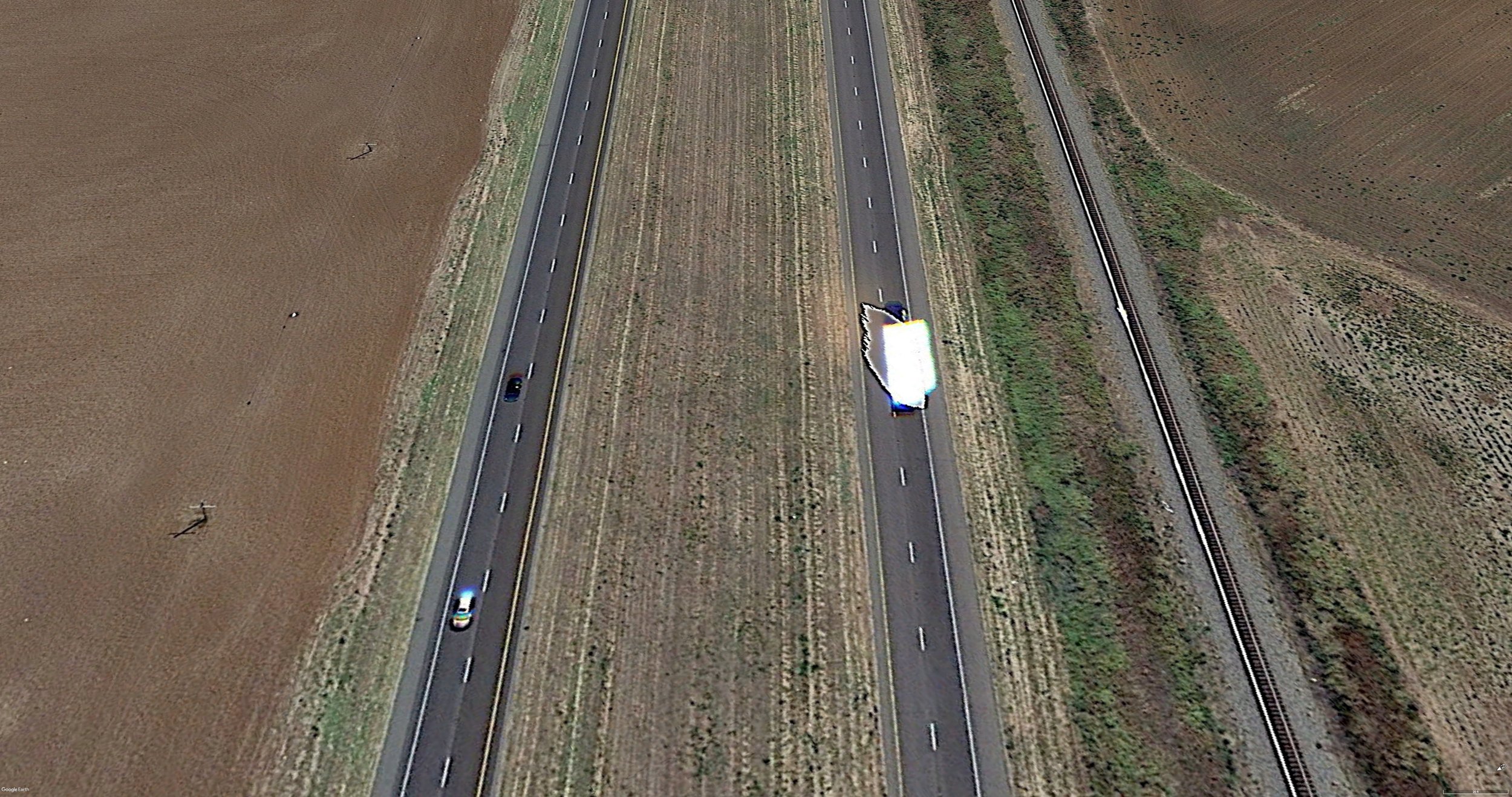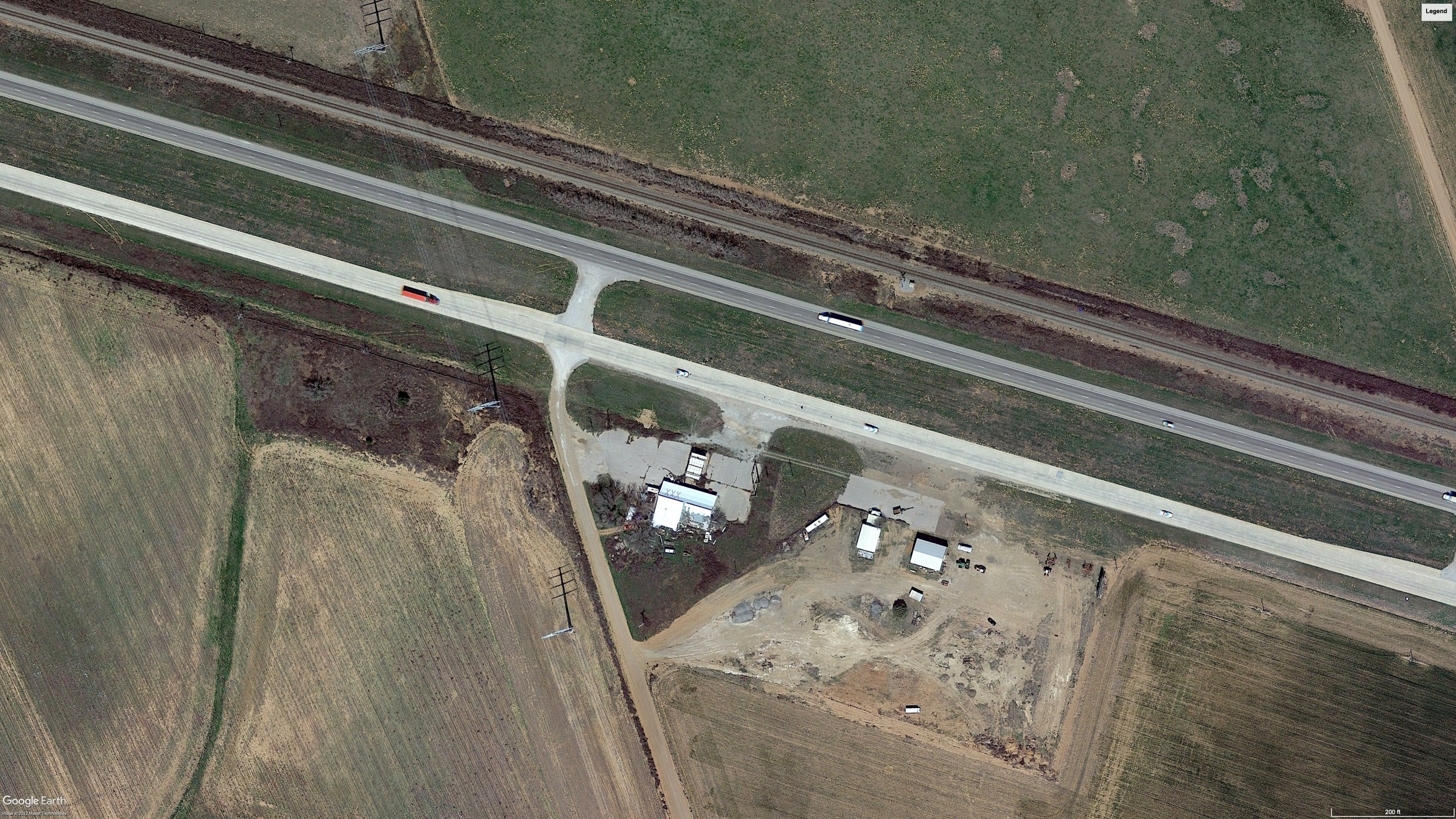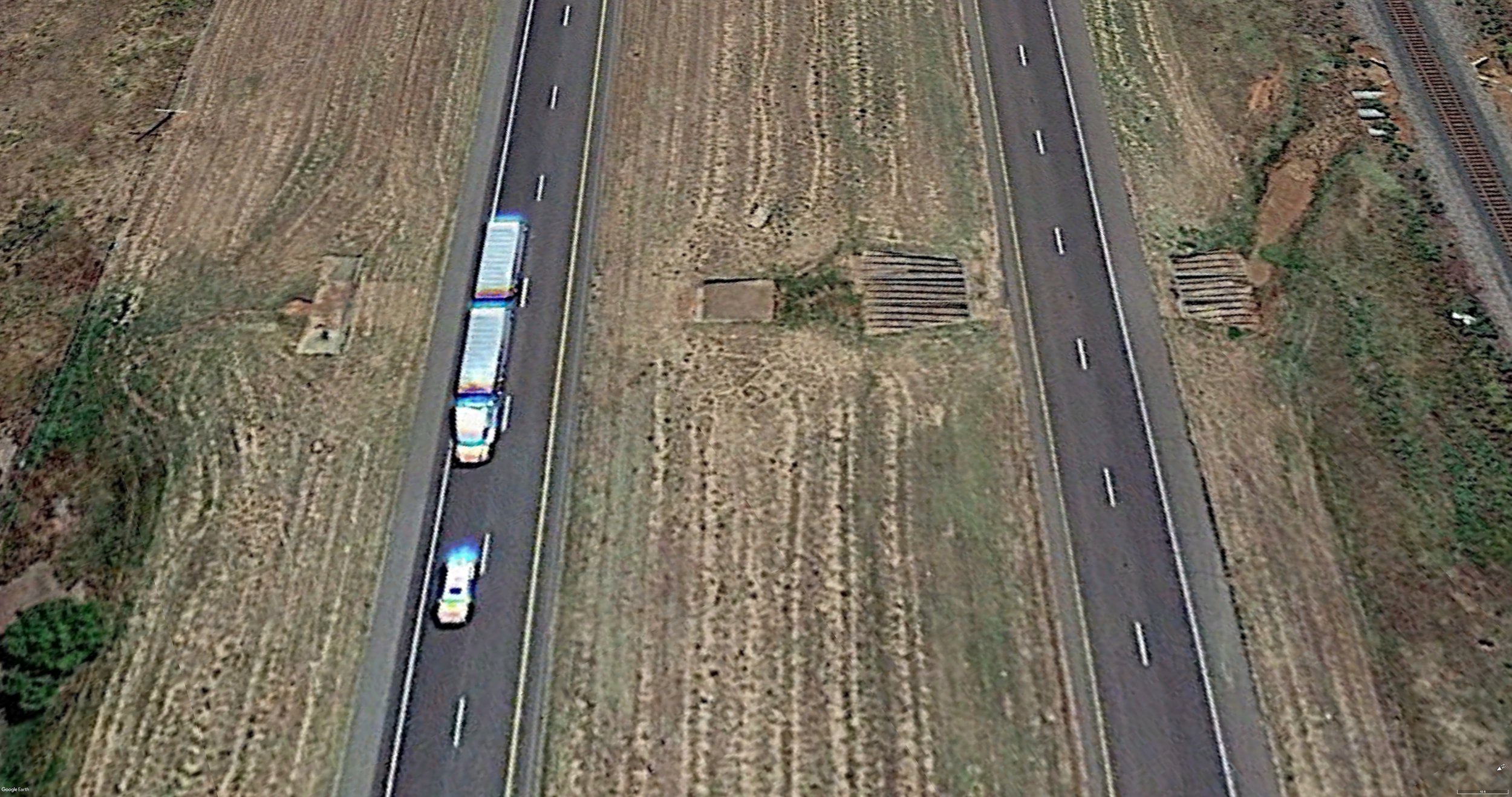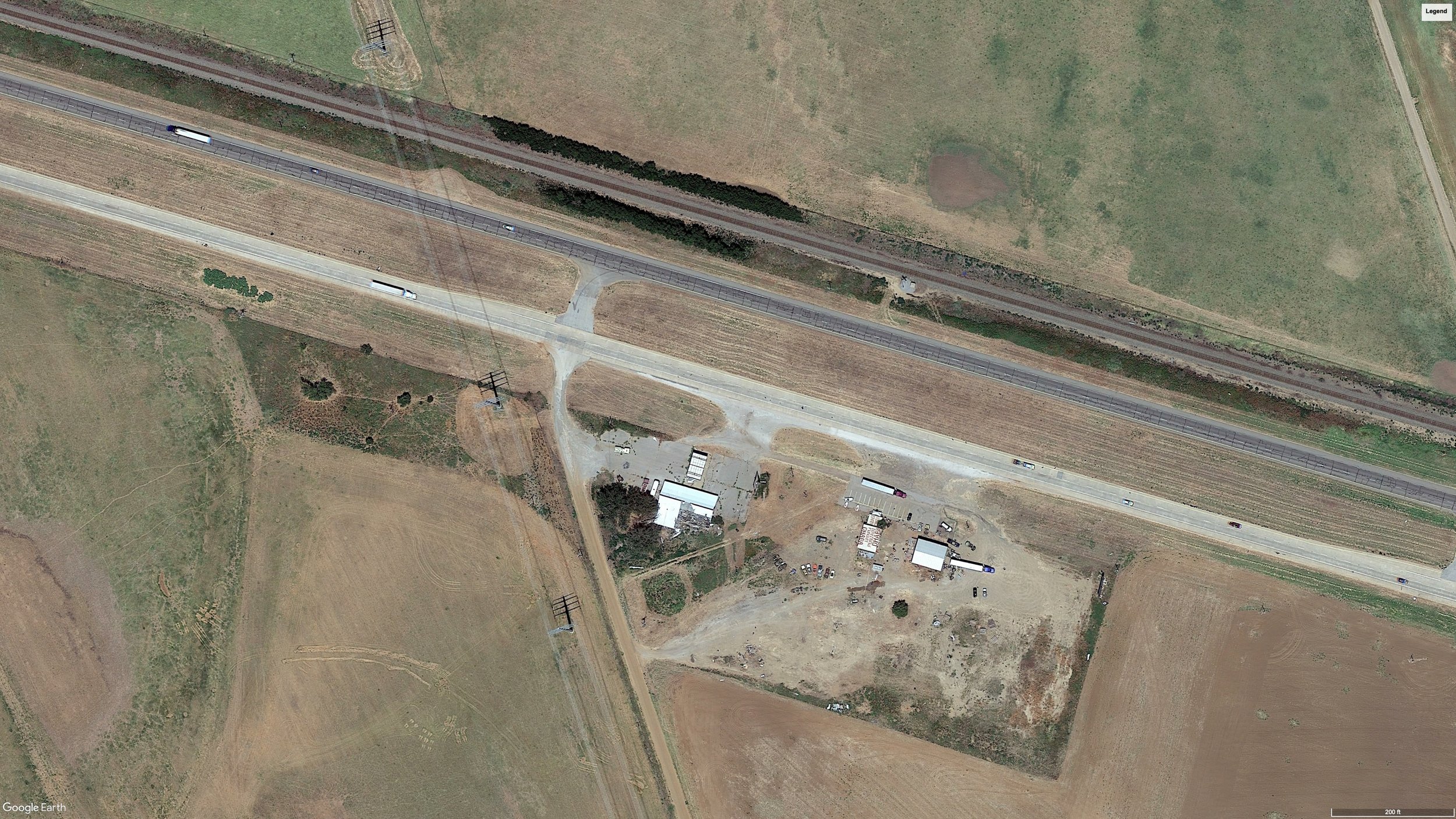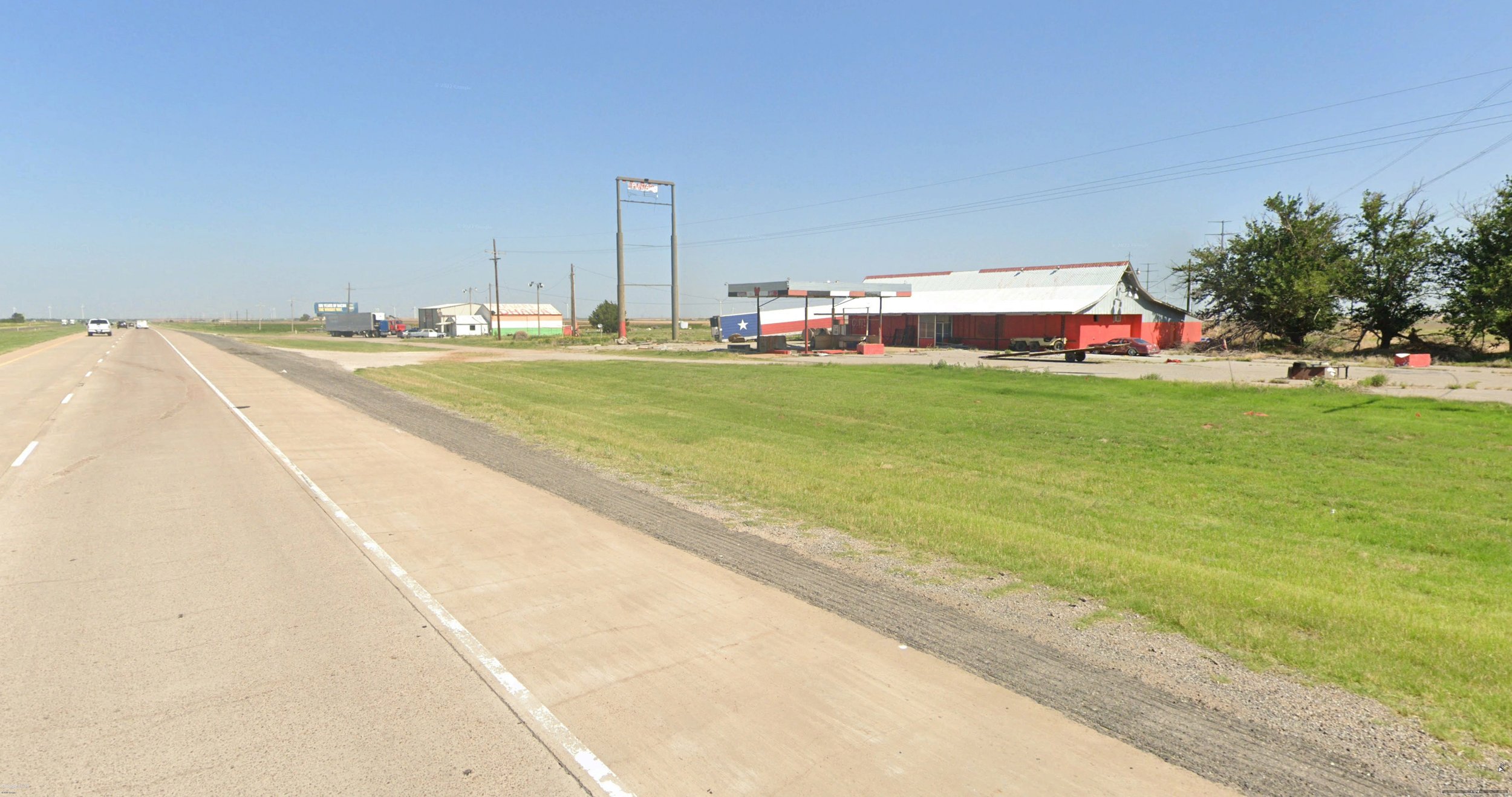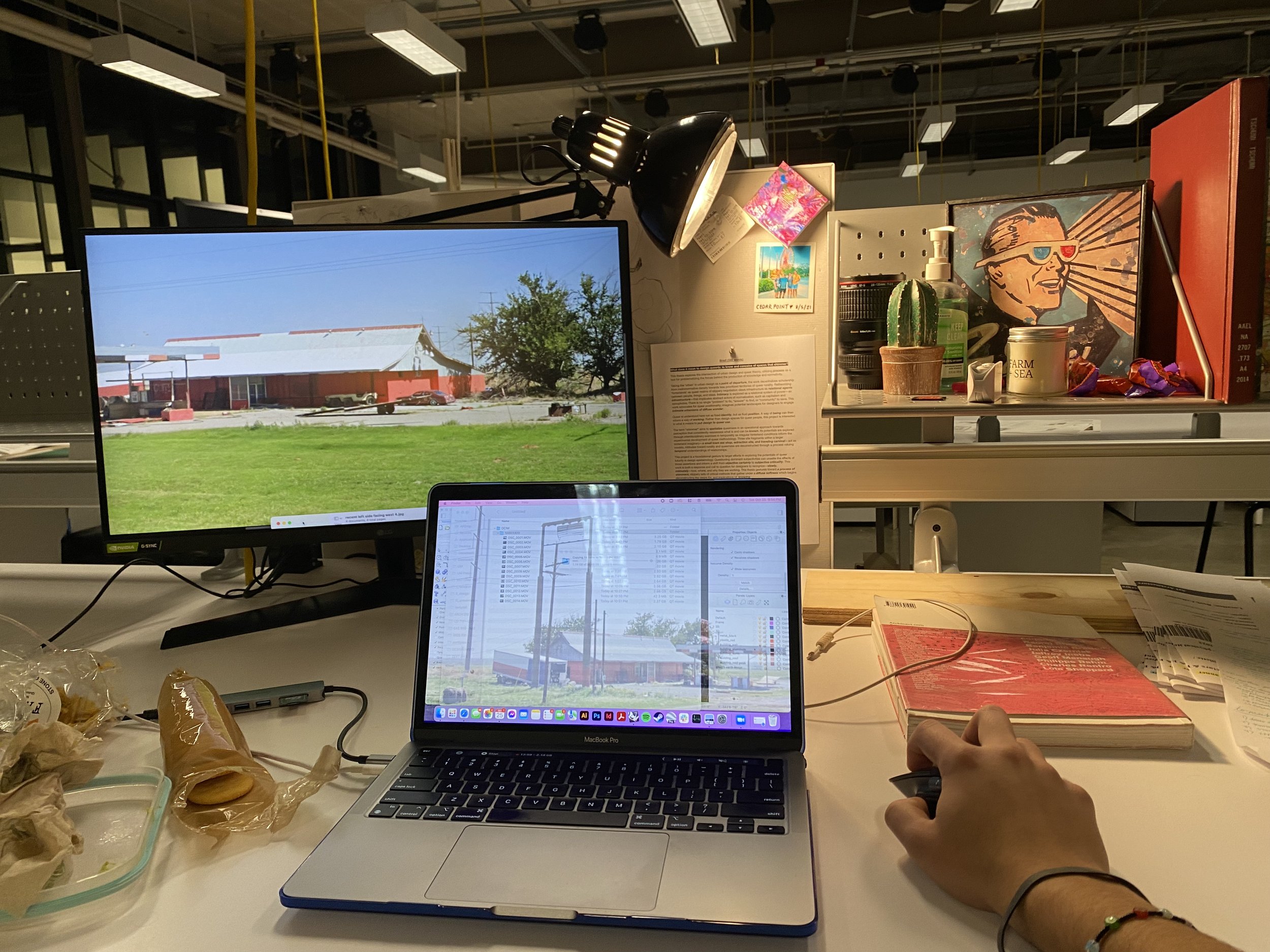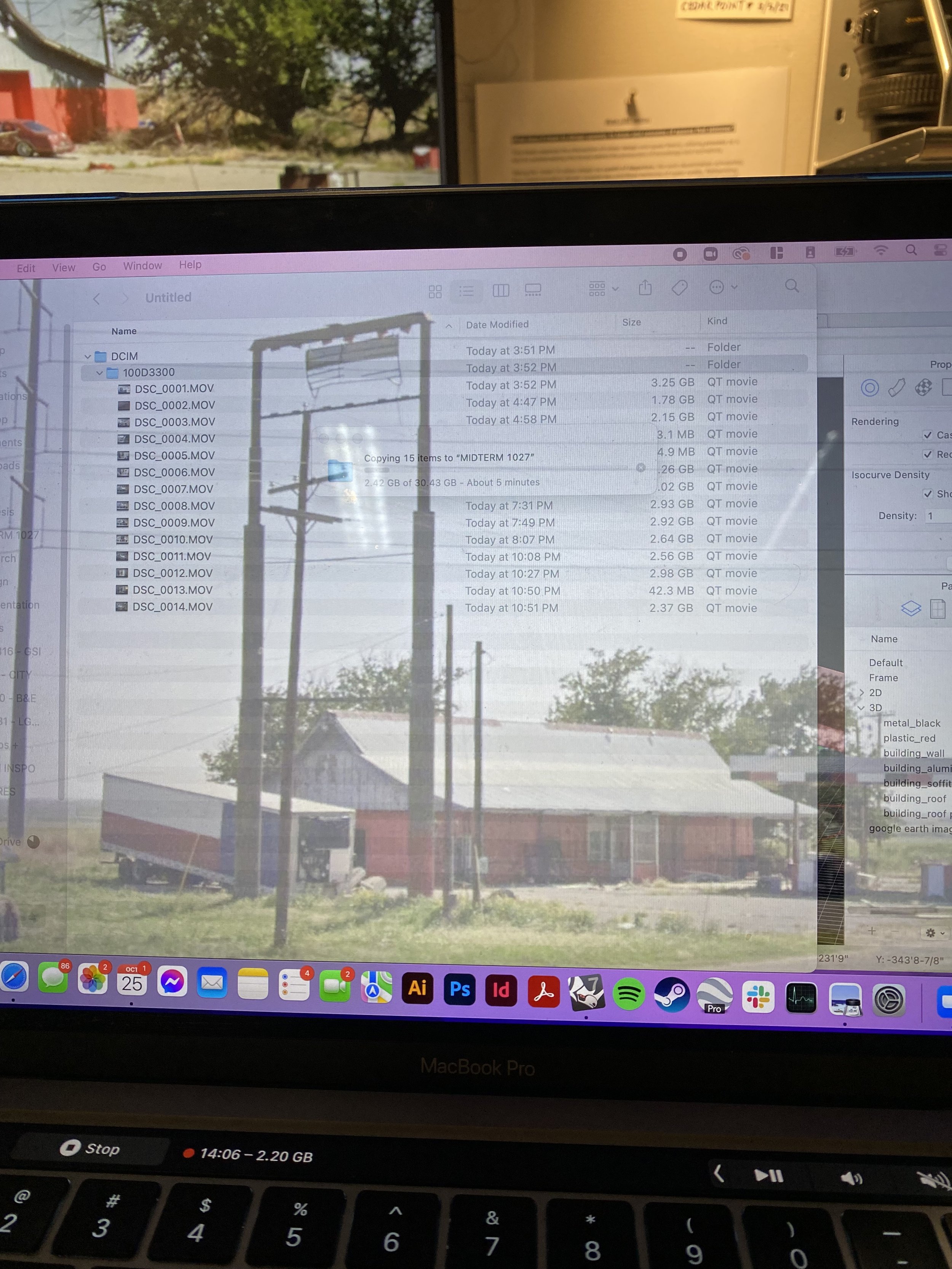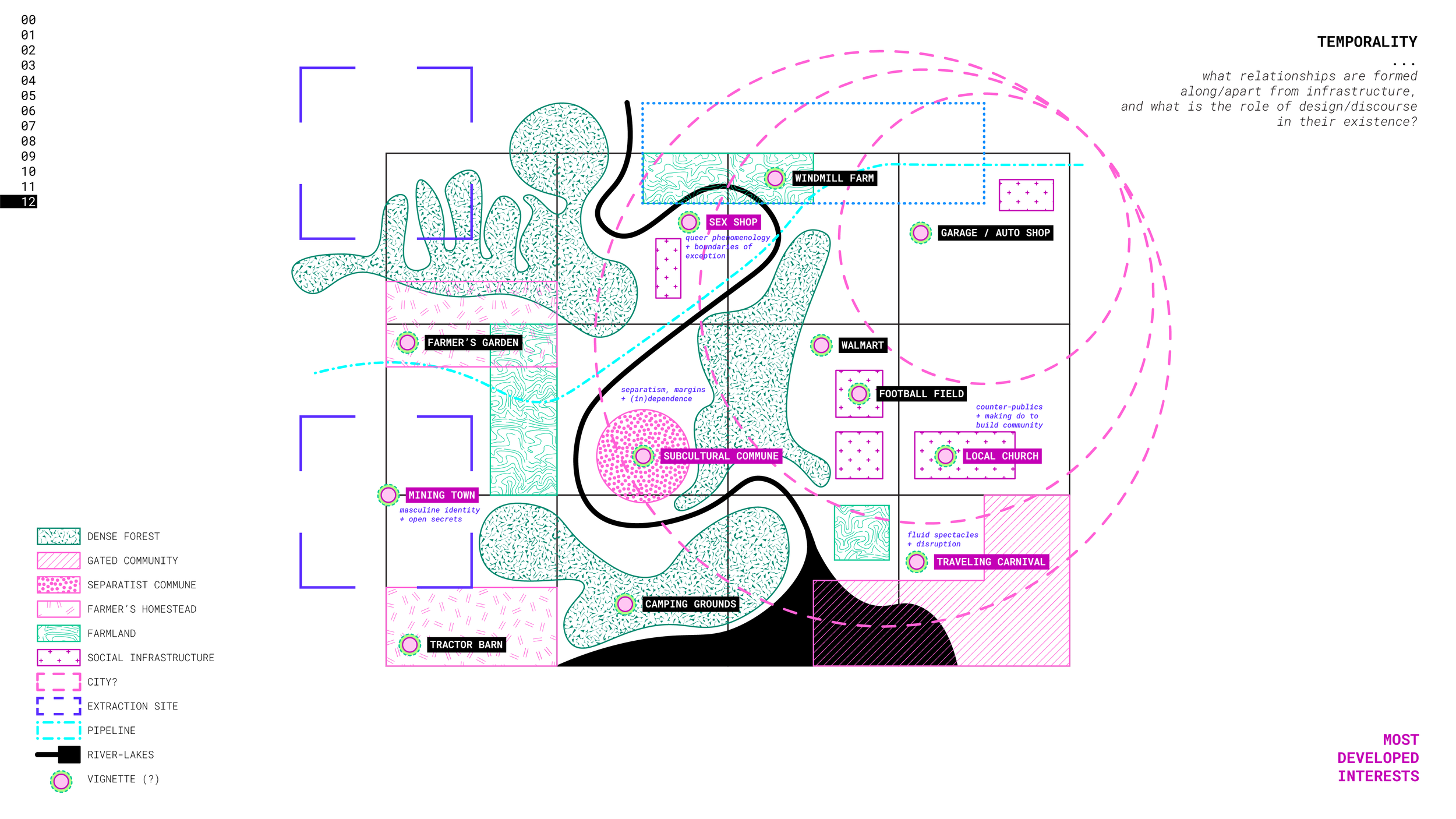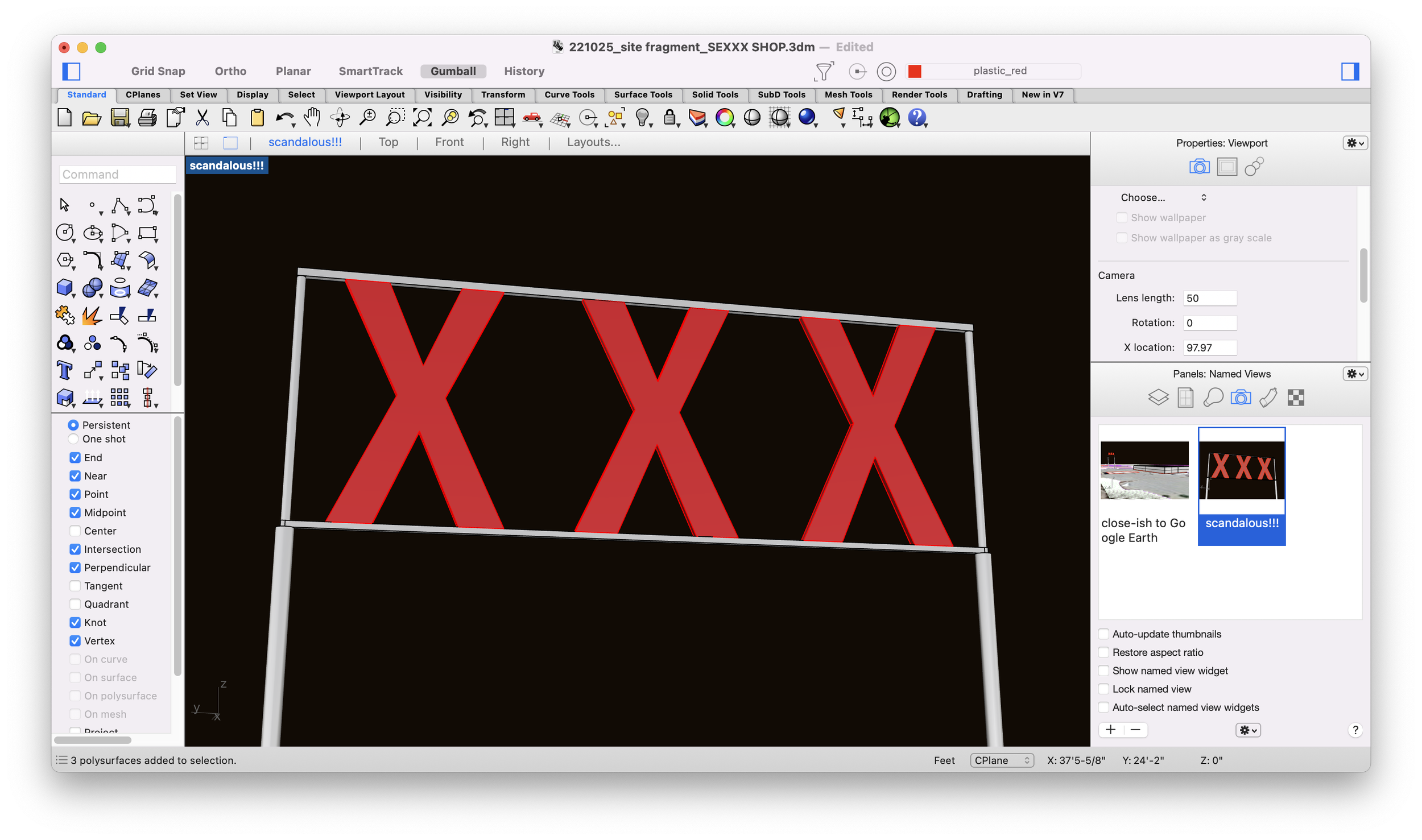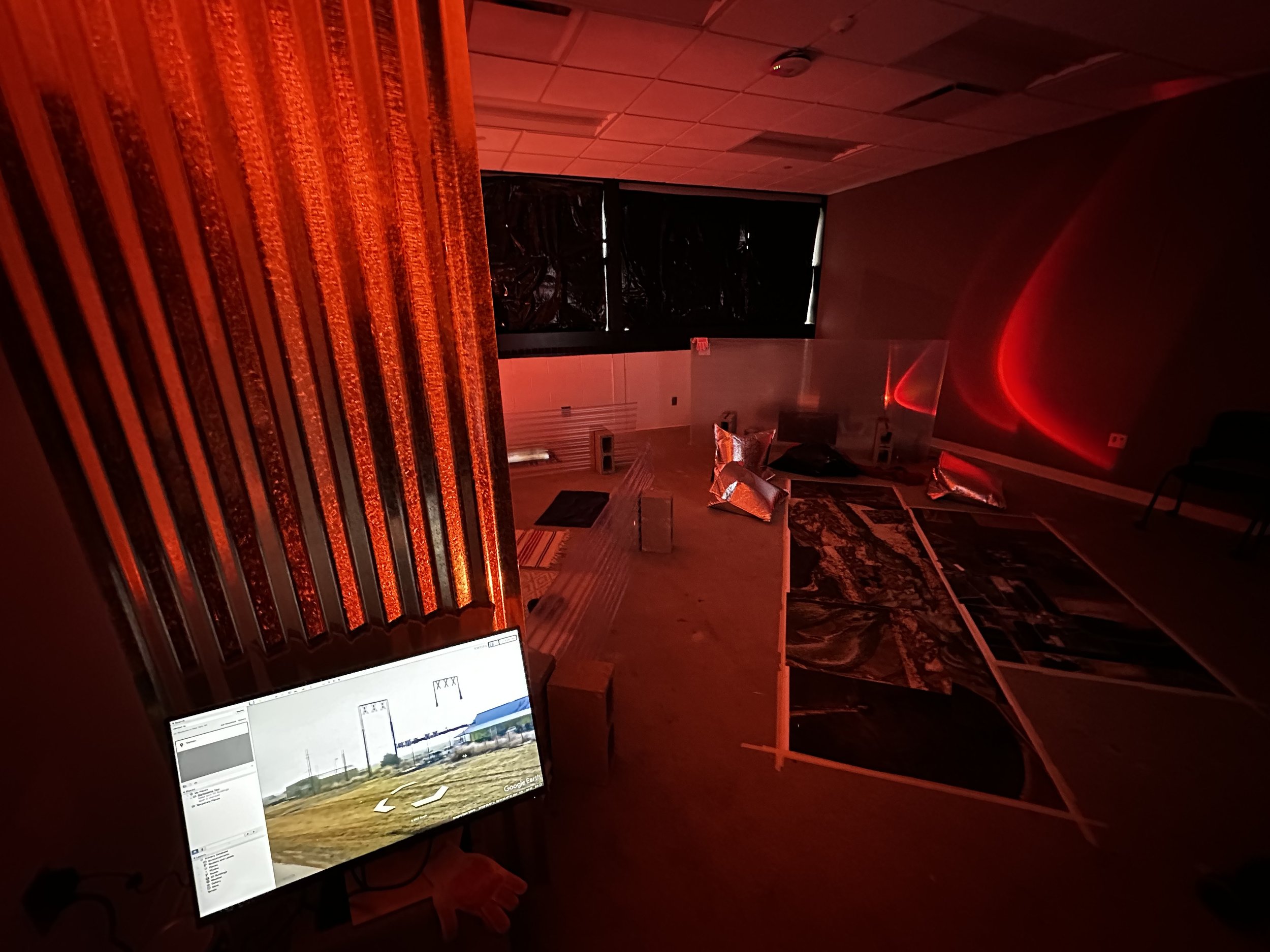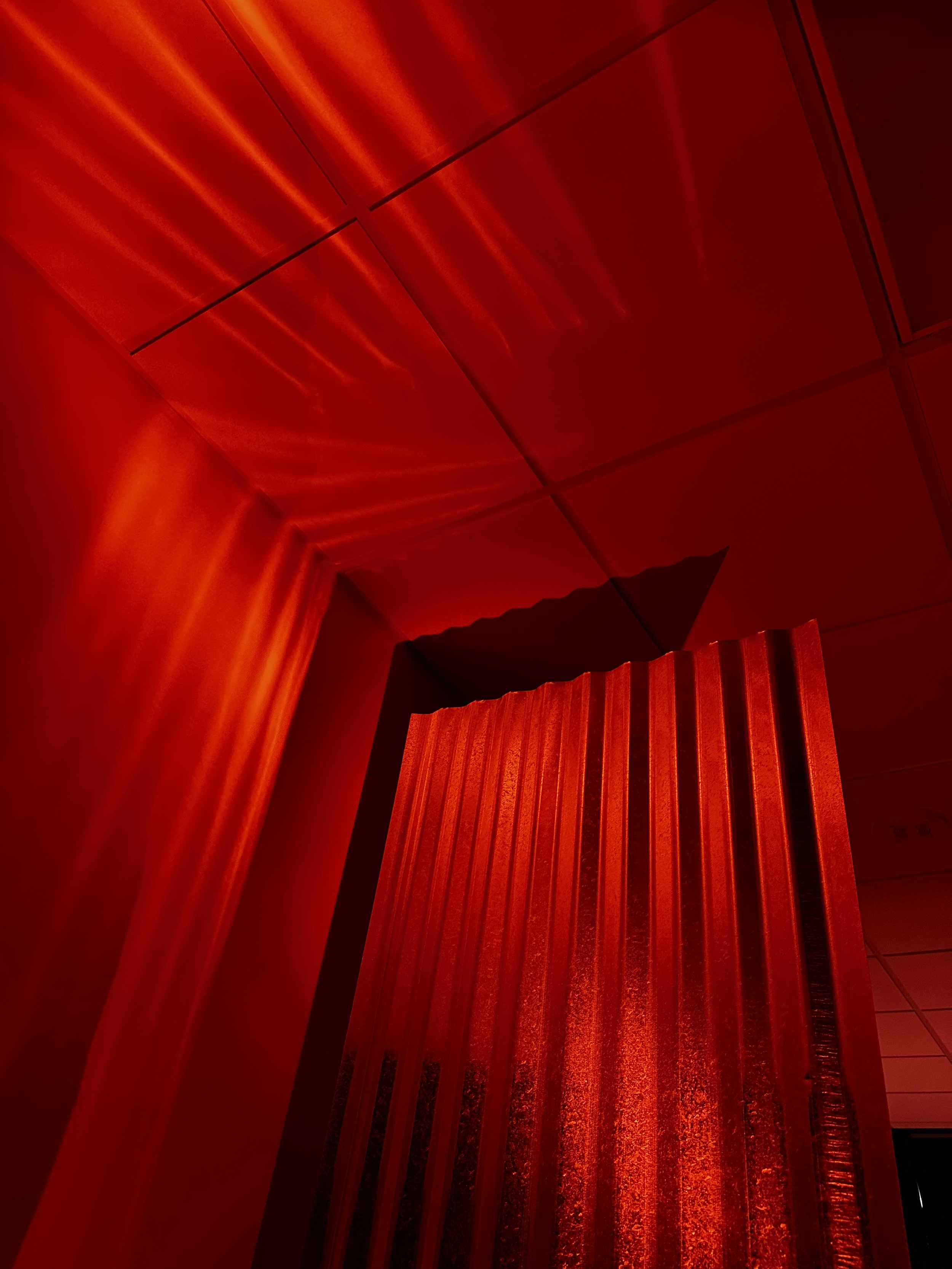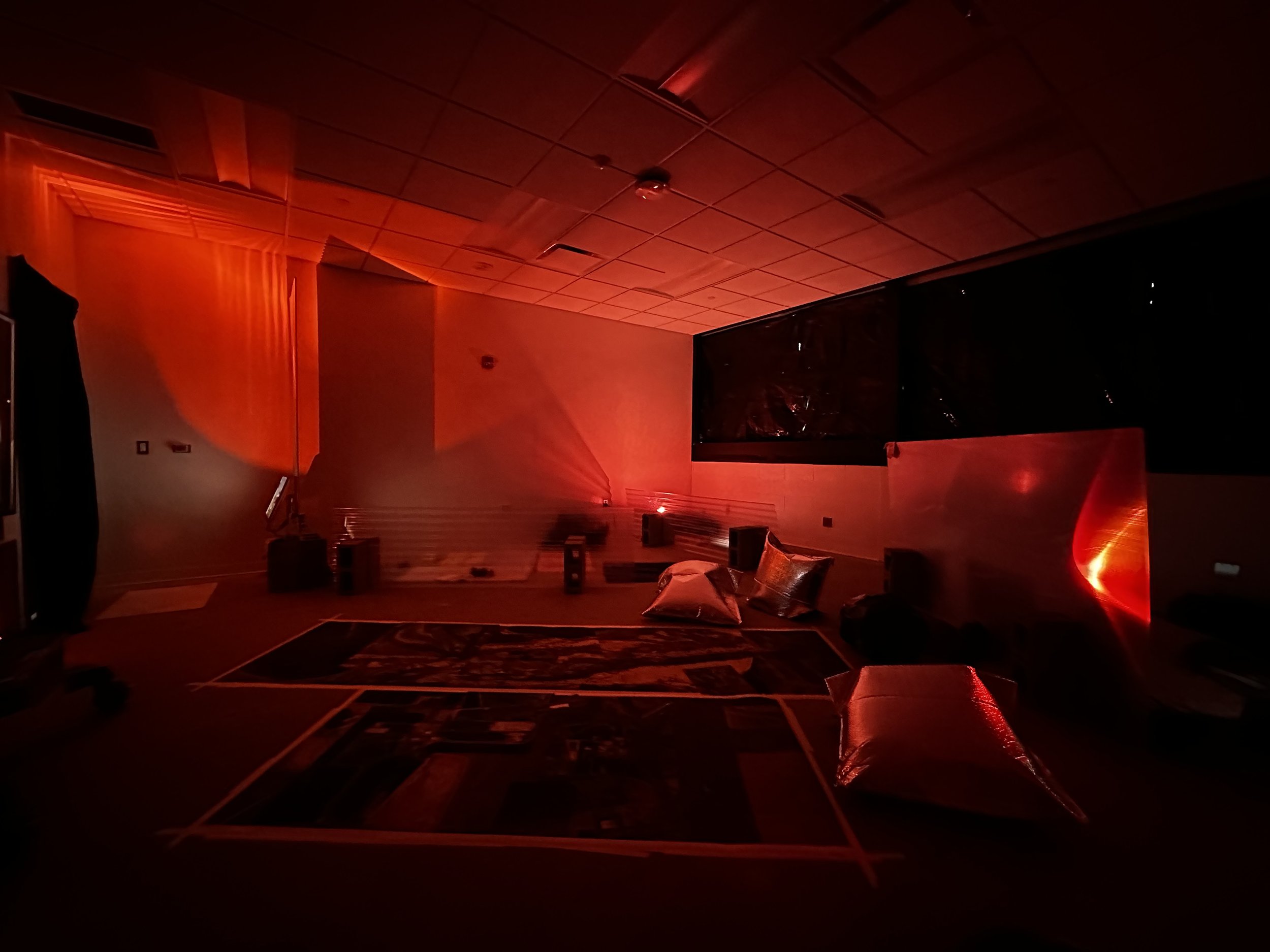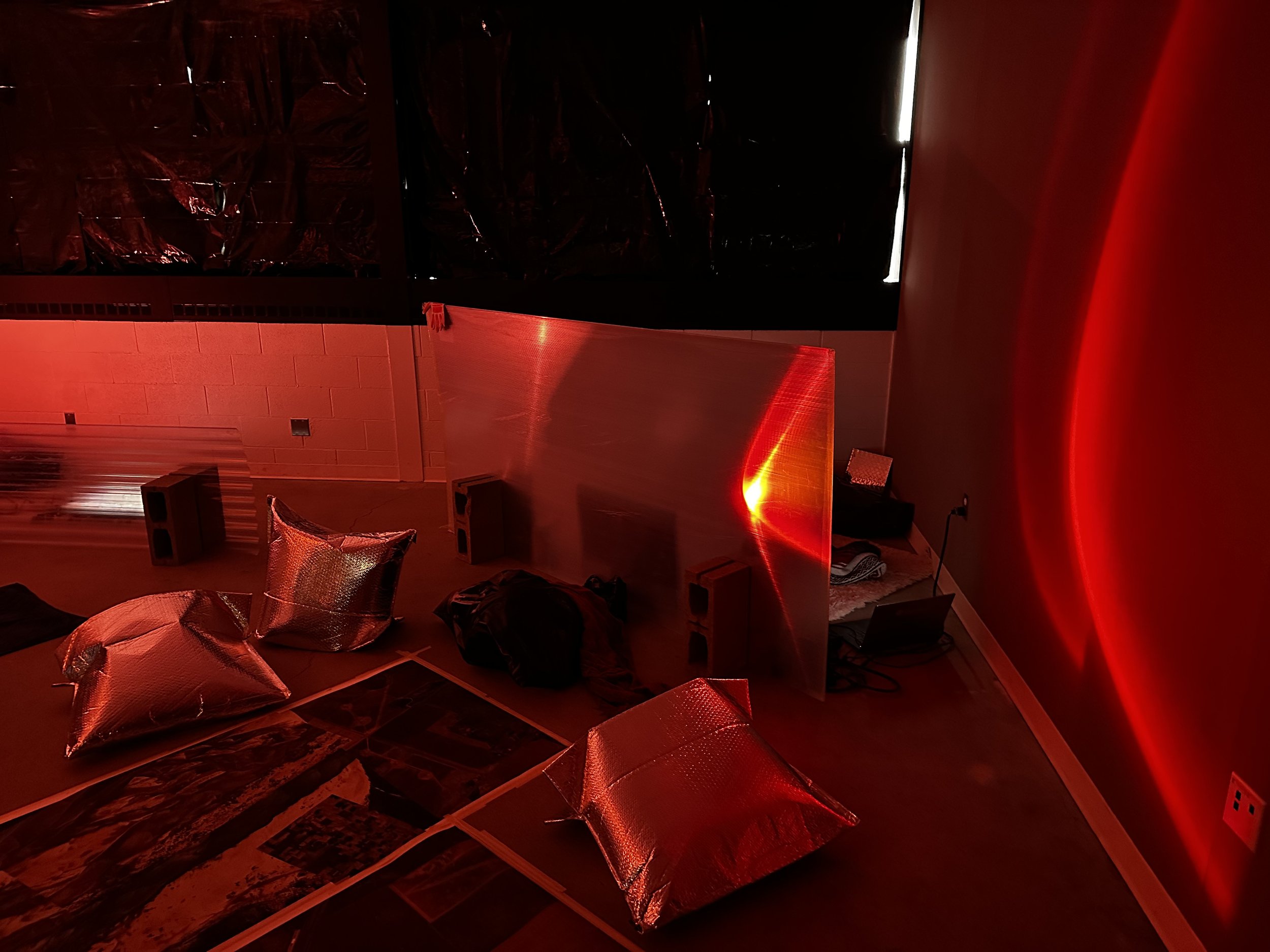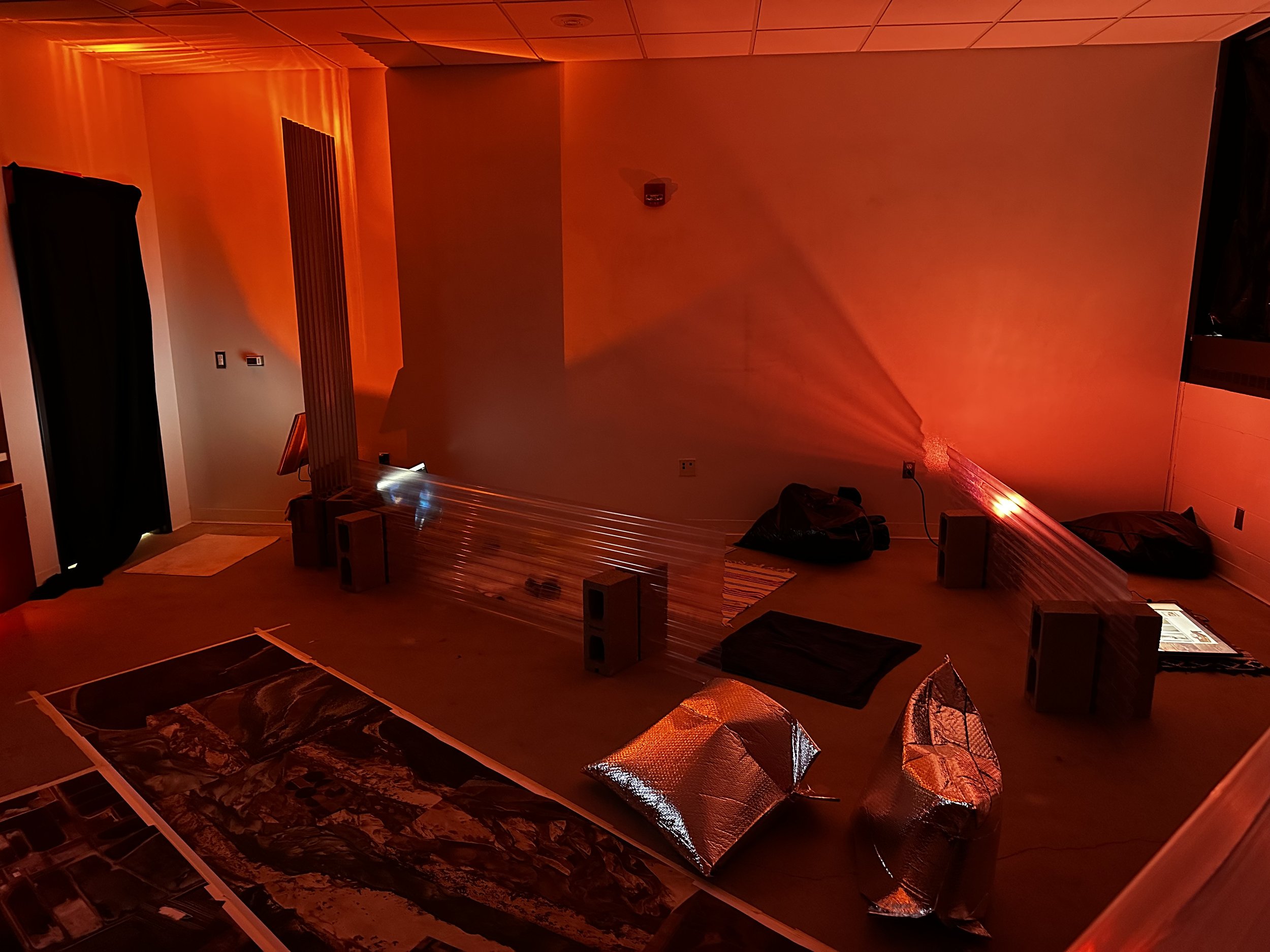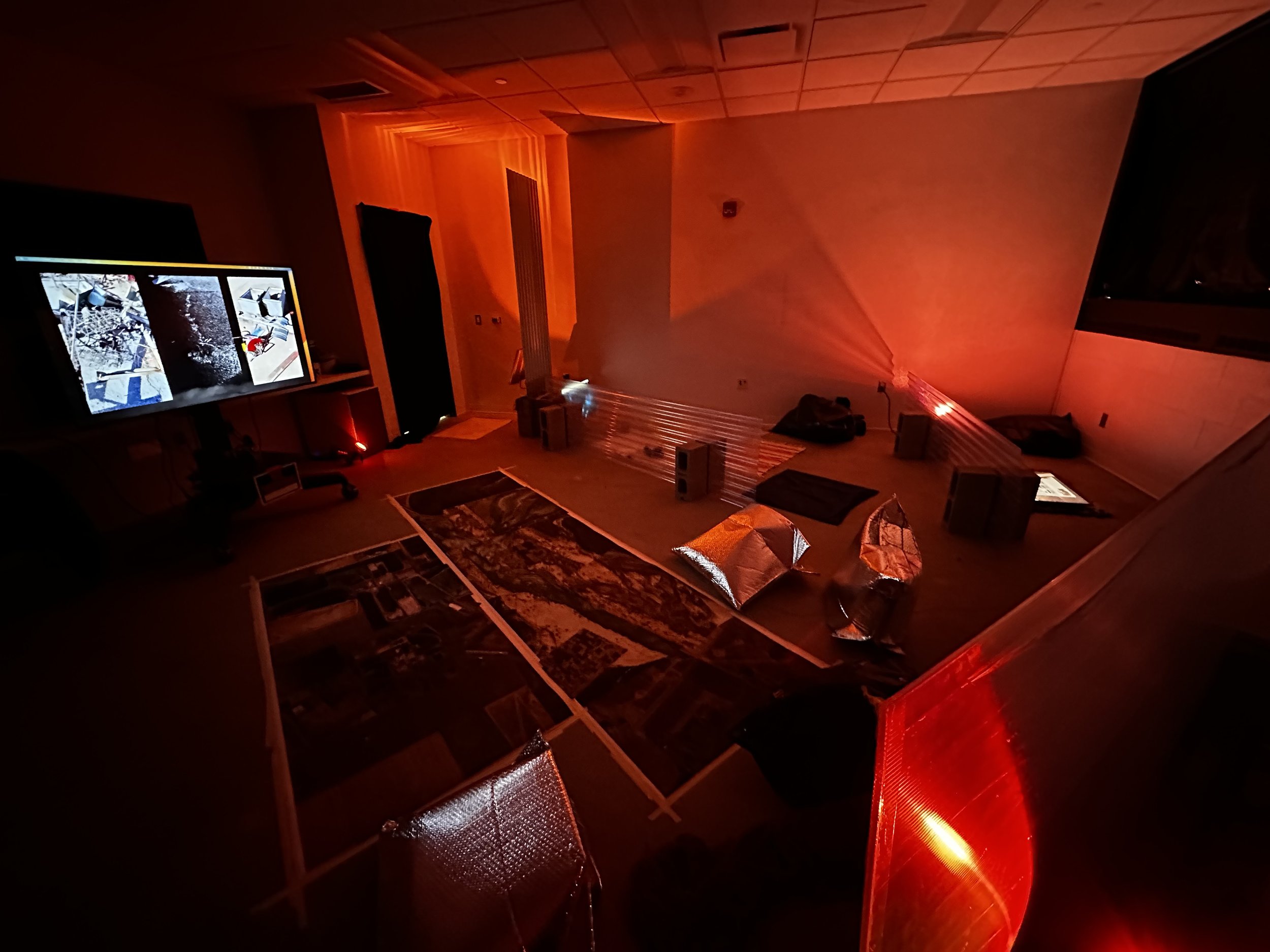A Queer Hinterlands
2022
studio master of urban design thesis
advisors cyrus peñarroyo (main), sharon haar, adam miller
institution university of michigan - ann arbor
abstract
This project explores the intersection of queer theory and urban design to uncover potential roles and uses for “queer” in design epistemology (theory of knowledge) and methodology (theory of process).
Taking the ‘urban’ in urban design as a point of departure, the project re-theorizes understood notions of ‘the hinterlands’ towards less normative—hetero, urban, metro—framings of the contested relationships between city, country, and queered identity. Using the “Triple XXX at the edge of town” as a typological hinterlands model, the project employs uncommon strategies in design methods and representation to uncover latent relationships between site-things and site-forces. In an effort to reach more nuanced conclusions and design actions, typical approaches toward “knowing” site and the designer’s relation to it will be problematized. Traditional fixed-essentialist understandings of place and belonging will be complicated with more fluid-constructivist frameworks. Such a process requires spending time—queer time—with a site’s shimmers, slips, and spatial oppositions.
The Triple XXX site shimmers in legibility due to its many conflicting past lives as a vertical landmark in a horizontal context whose majority would rather it disappear. Its unruly position along highway infrastructure only further outlines its slippage—between place, legibility, belonging—and increases its capacity to transgress neat boundaries and conceptualizations. The Triple XXX can be understood as one fragment within a larger hinterland imaginary of many interconnected sites and conditions—such as mining towns, traveling carnivals, or pipeline infrastructure. Each hinterland model will be engaged through queer methods, the Triple XXX being the first condition explored. Videos with varied dispositions toward nonlinearity, legibility, and temporality will be created to test the potential of “shimmers” as a distinct design element and queering tool.
This project is a foundational gesture to a much larger work; one of revealing assumptions, questioning allowances, and exploring the potentials of queer futurity in design. A Queer Hinterlands seeks to decentralize the discipline’s infatuation with dense urbanisms, unsettle the effects of that assertion on queer people and territories, and advance the swing of an ideological pendulum from objective certainty to subjective criticality. More specifically, this work is a ‘call to question’ for designers to recognize—slowly and intimately—how, where, and why they are working.
This thesis gestures toward a process of shimmers; a slippery set of critical methods that gather under a diffuse softness which begins deconstructing the desire for, and implications of, knowing.
thesis video
The full video can be found below, in which a series of seven different approaches toward ‘knowing site,’ in this case a Triple XXX at the edge of town, are tested in eight different ‘video clusters.’
video structure
I approached the video hoping to approach “knowing” the Triple XXX building in relation to its territory and human condition in several different ways, with some repeating elements. I organized the entire video into 7 clusters of smaller videos, each with its own approach.
As at the original exhibition on December 15, 2022, the video is meant to be seen on loop, or at least conceptualized as such. There is no ‘first’ or ‘last’ video, as the project’s intentions are not aligned with linear narratives. Each cluster is its own epistemological fragment of design.
Intimate fragments
Is an approach of intimate details, with exercises in close, slow study.
Aims to know XXX through details, without seeing its whole
Stick Shift
Is an approach of indexical narratives, with exercises in ethnographic research
Aims to know XXX through subjective narrative loaded with implication
Diffuse Reads
Is an approach of unstable legibilities, with exercises in temporal representation
Aims to know XXX through contradictory lives and their representations
Apparatus Off-Syncs
Is an approach of unstable interfaces, with exercises in interface and medium legibility
Aims to know XXX through simultaneous truths and valuing interface anomalies
Coded Queering
Is an approach of practical subversions with exercises in uncovering the latent laws of building by queering an existing system
Aims to know XXX through the pressures of code, standards, and economy
Embodied Tectonics
Is an approach of physically relational representations, with exercises in latent connections and lived truths
Aims to know XXX through intimate time and digital-analog interface play
Meaning of a Monster
Is an approach of othered representations, with exercises in monster hunting
Aims to know XXX through difference, boundary, and local legend
site as triple xxx
Check below for a writing sample from the first narrative-driven methodology exercise.
subjective synthesis
I released a poetry collection, When the Pasture Bleeds Pink, detailing vignettes of what it was like to grow up queer in the context of a southern small town (which happens to be the site of the Triple XXX in question). Using the physical landscapes of north Texas as a backdrop to its social landscapes, the collection threads past experiences with future hopes as it aims to understand the forces that make us.
“Chainsaw City” is effectively a synthesis of this project, filtered through the narrative of the “Stick Shift” and “Meaning of a Monster” fragments.
Both projects—this thesis and my first book—aim to expose the violence of [false] objectivity. Using narrative as a connective, representative element—both of which are critical practices in design and architecture specifically—lets nuanced, latent, or otherwise uncommonly clear elements of a site, its people, time and belonging emerge.
hope
This first step aims to cue designers in on how they can locate themselves within a queer practice of design, with their own skills and subjectivities, in order to uncover alternate ways of—and reasons for—working.
images
exhibition
The video was part of an in-person installation at the University of Michigan’s Taubman College for Architecture and Urban Planning in Ann Arbor, Michigan on December 15, 2022. Guest critics included Malcom Rio (requested on behalf of the project/program), Anya Sirota, McLain Clutter, Cyrus Peñarroyo, Sharon Haar, and Adam Miller.
A third-floor capstone classroom was taken over for a day, with black trash bags covering all windows and three red floodlights casting red pools of light. Four monitors with headphone sets were positioned throughout the room in their own partitioned sections of varying material transparencies (some are corrugated metal, others plastic or acrylic sheets). Flickering light from the monitors shimmered through tall plastic sheets, with many differently-made rugs, blankets, and black trash bag-covered pillows populating each viewing area. Some (of four total viewing zones) were intended for intimate single-viewing with large over-ear headphones, while others invite group viewing or a casual lounge. Small booklets of the “Urbanism of the Triple XXX” writing were scattered among the pillows and blankets for curious attendees.
A large landscape aerial photo collage was taped to the center of the floor before a large television screen, with large reflective pillows shimmering from the red glow. The guests were invited to sit down and make themselves comfortable on the large landscape print, which is the literal site of the Triple XXX in question and a lighthearted commentary on projective methodology; where we’ve been and where we might go next in process.
During the presentation, Anya Sirota noticed that the invited reviewers were scattered throughout the room at different screens, some sharing monitors and splitting earphones, the typical power-row decentralized. Students and guests, meanwhile, were front and center on the landscape-floor. “I mean, you’ve gotten the chair to sit on a trash bag! We are witnessing the architecture here and now,” she said.
For a project deeply concerned with the way things work (IE: how designers approach projects, sites, communities, and knowledge itself; and how that ripples far beyond any traditional notion of ‘site’), it was the exhibition that finally grounded the theoretical spine of the thesis abstract. In response to self-imposed limits and contagious capitalist philosophies, this thesis aims to project forward a queerer, less linear, less fixed future in the design of the built environment.
special thx
khalid al-tamimi (for the critical empathy and shared ahas)
cyrus peñarroyo (for the right words and brackets)
sharon haar (for the sharp eyes and big pictures)
adam miller (for the nudge towards mp4)
daniell morales (for the green screen help and heart)



